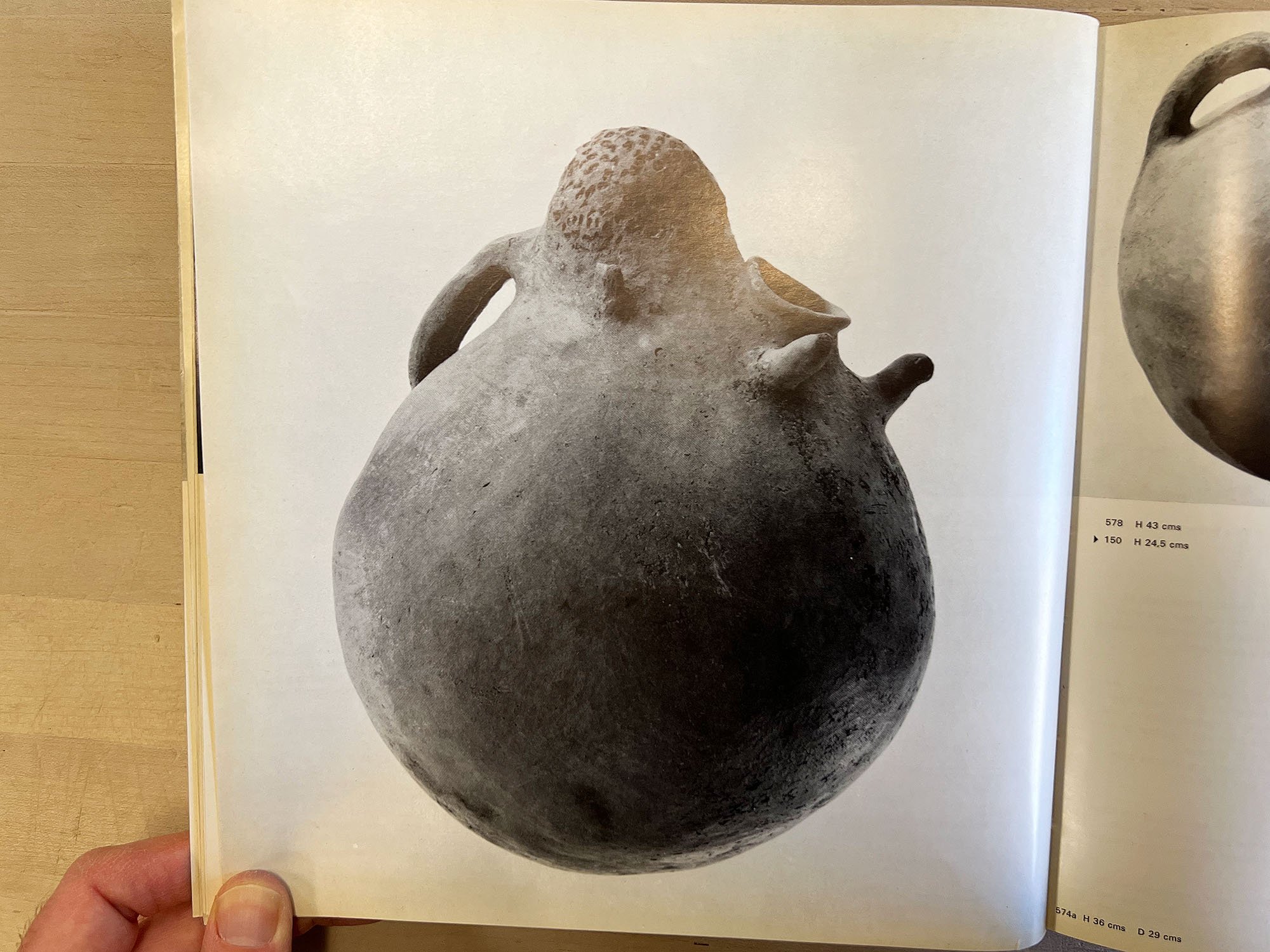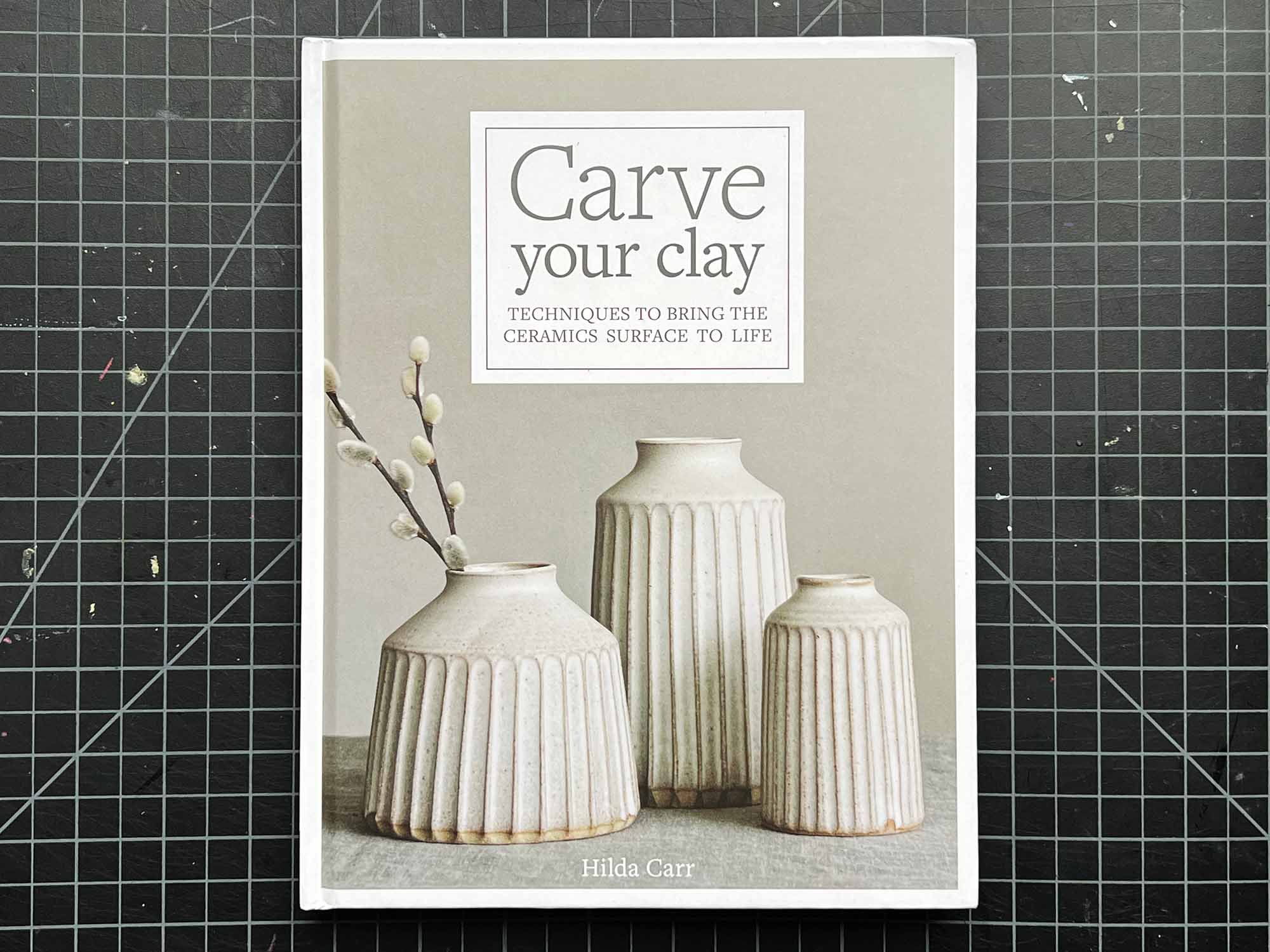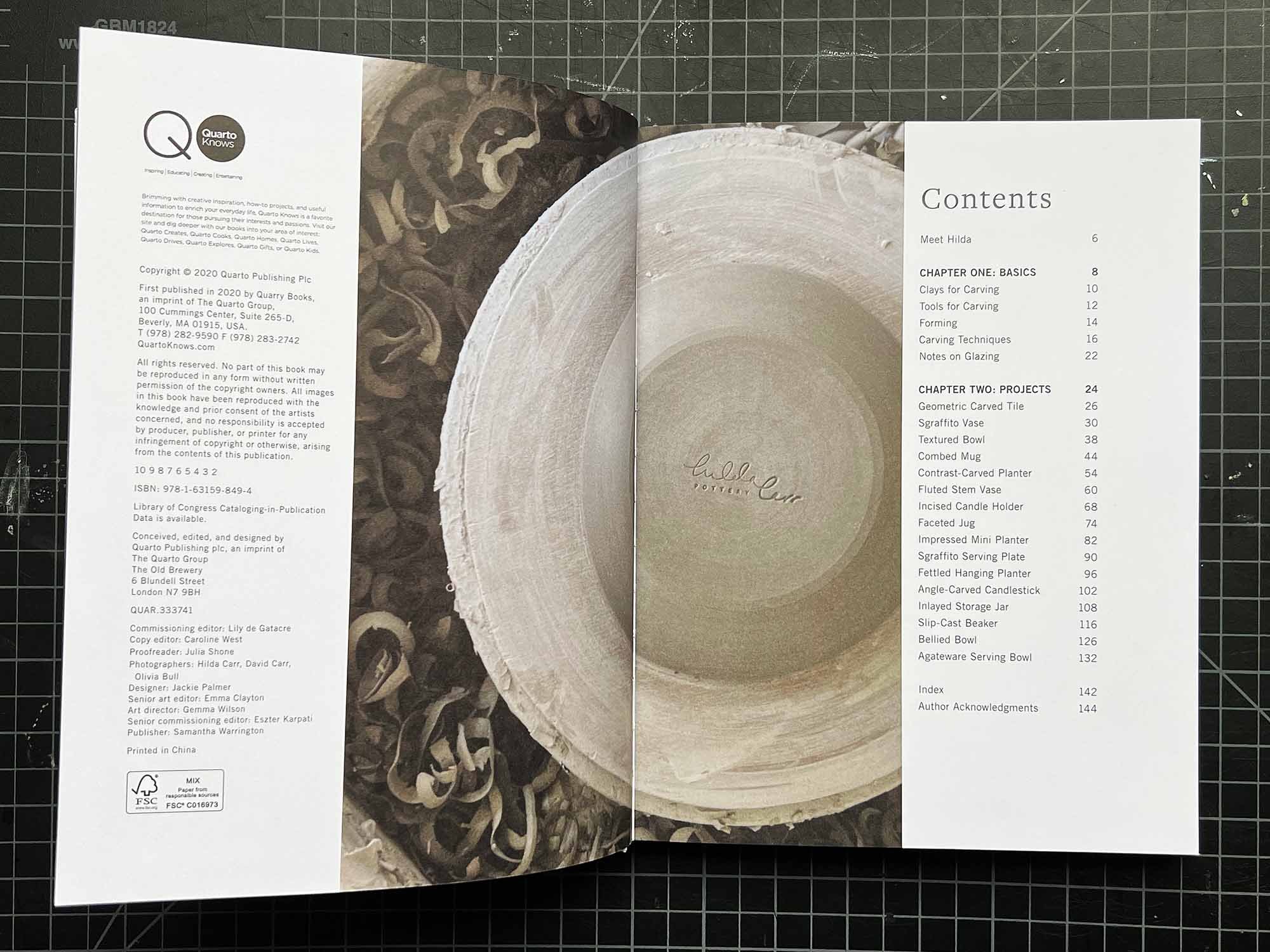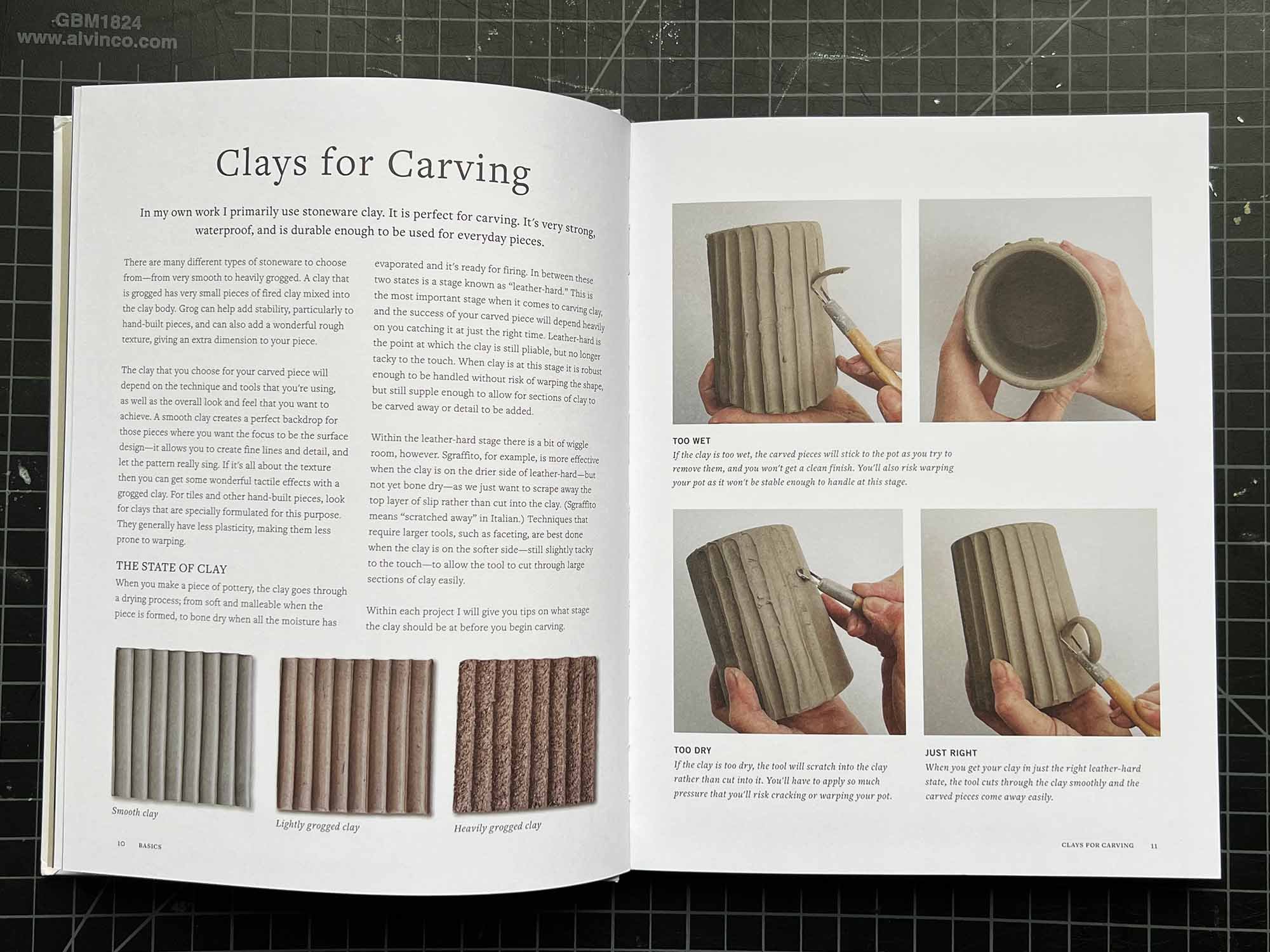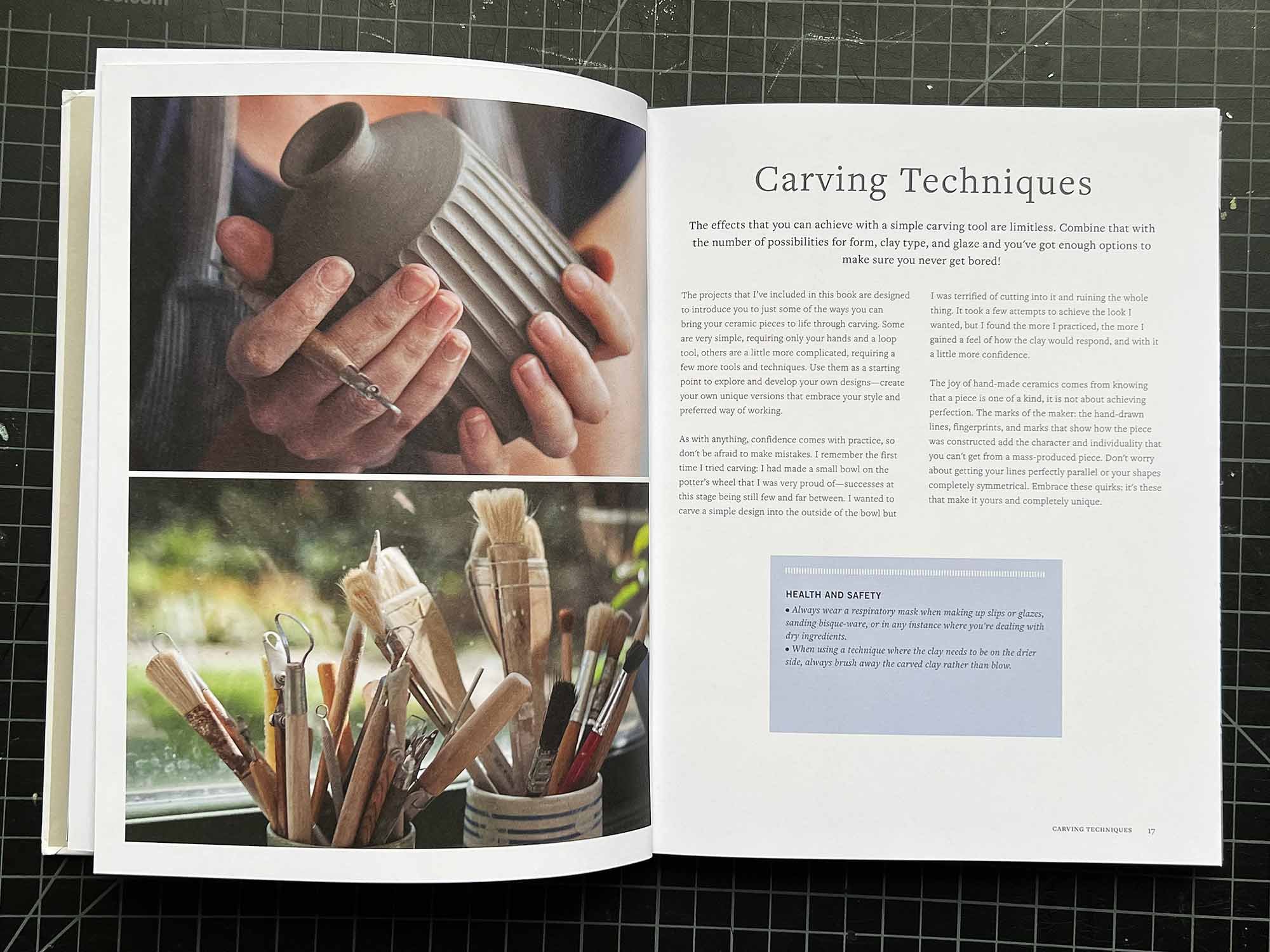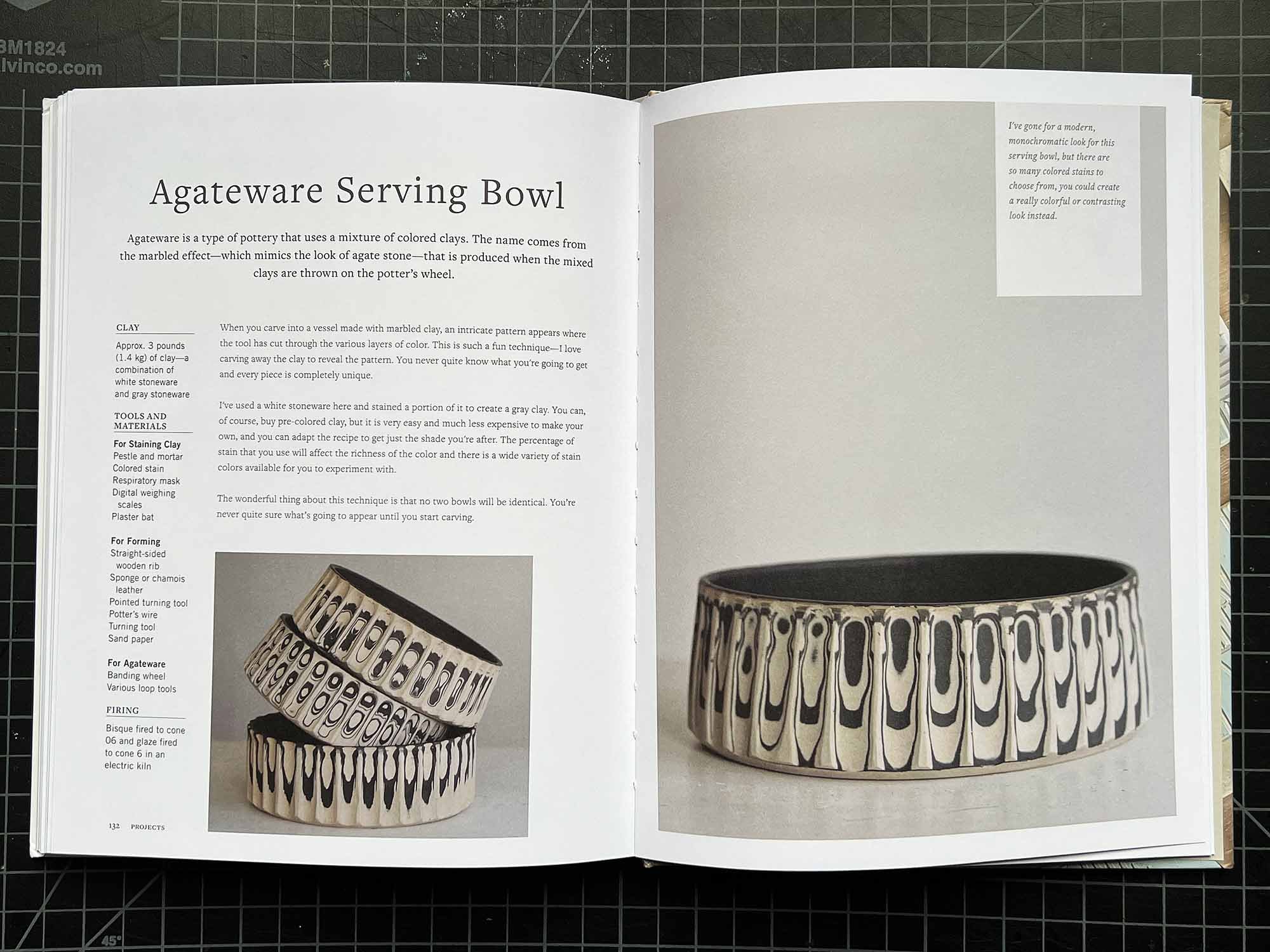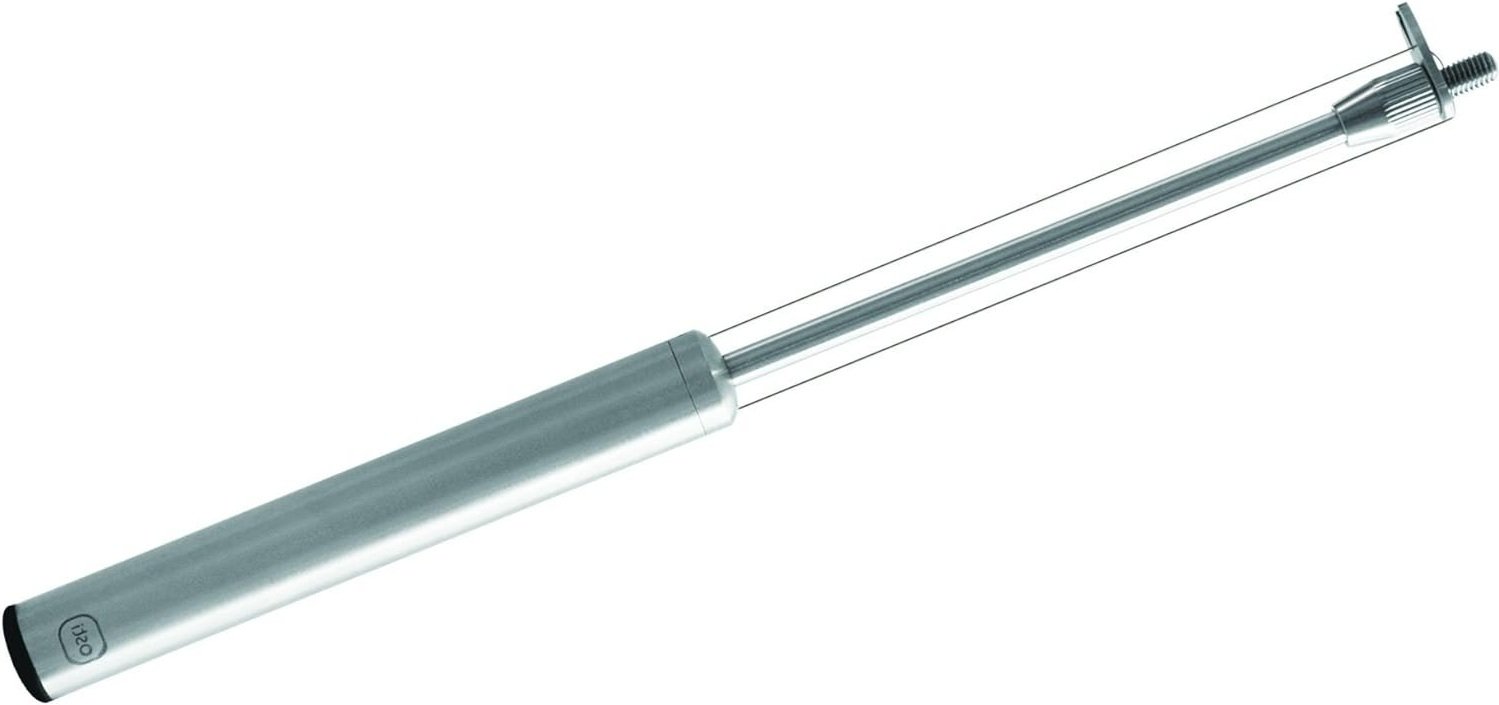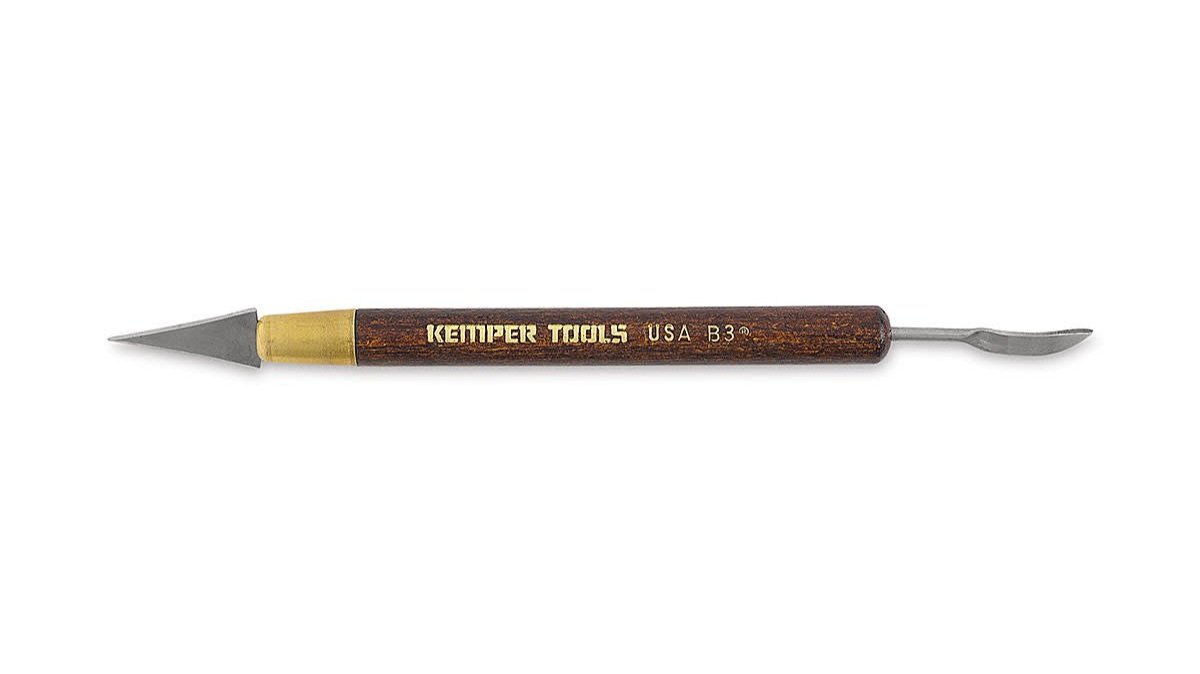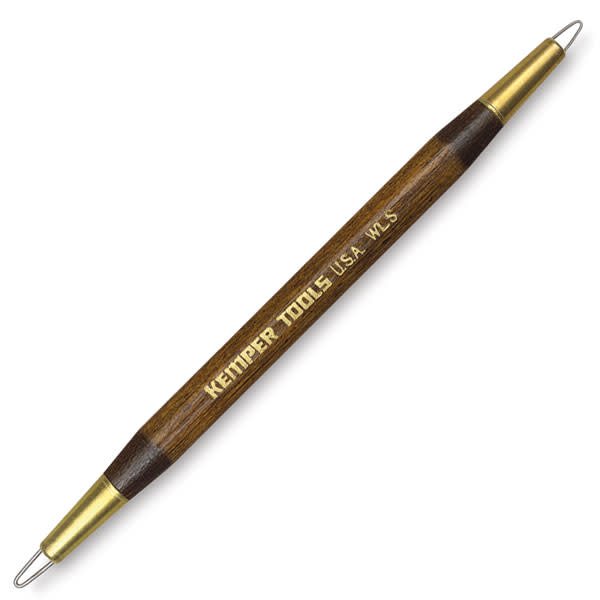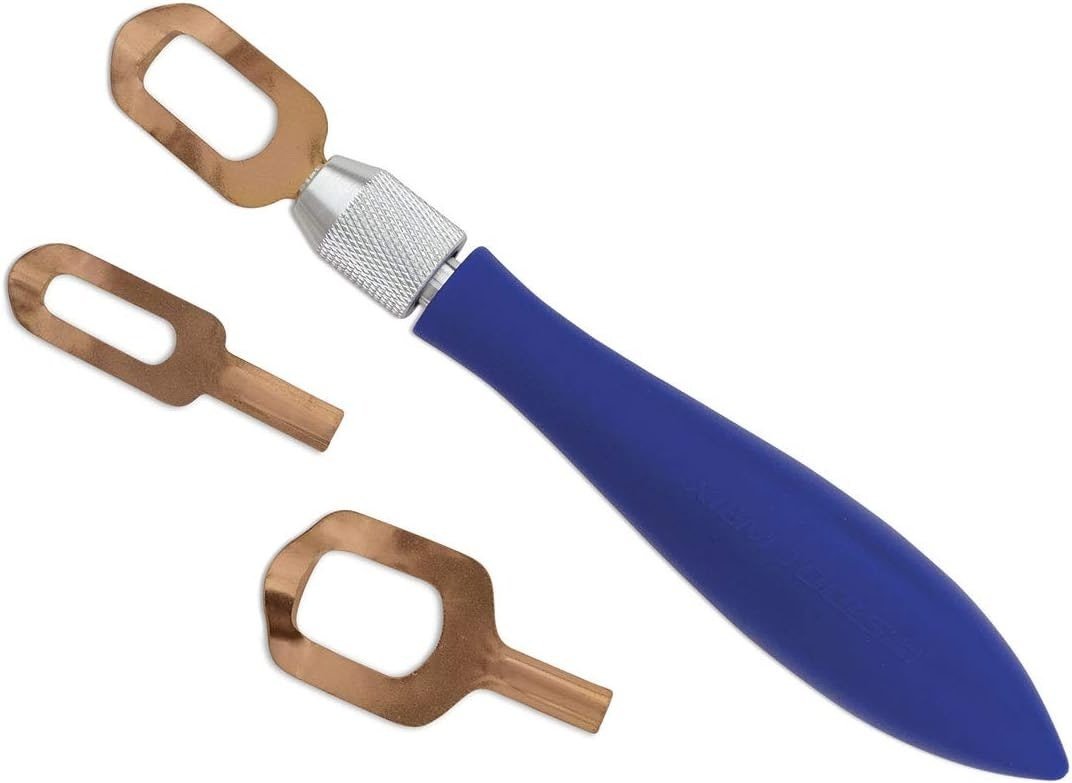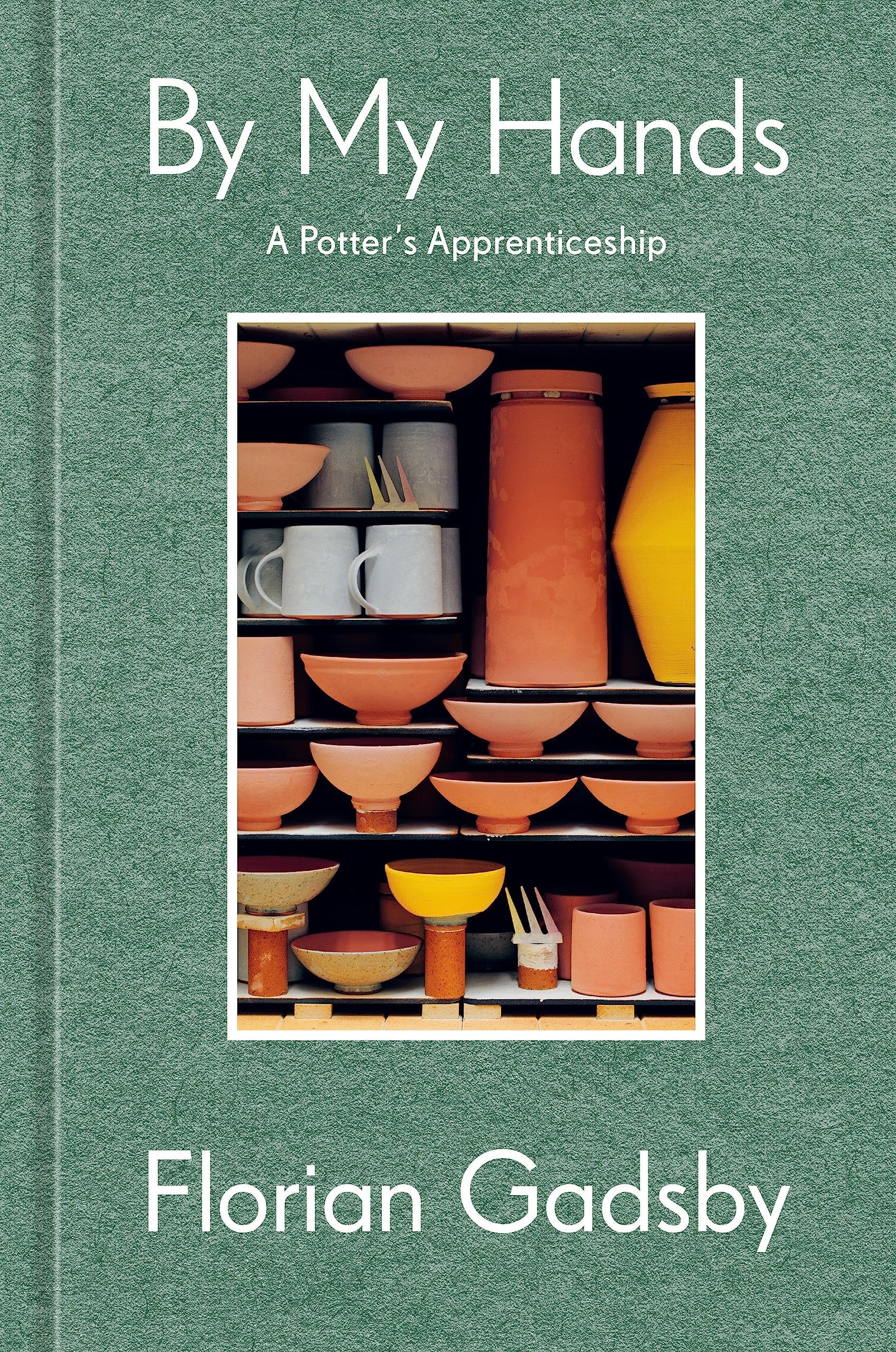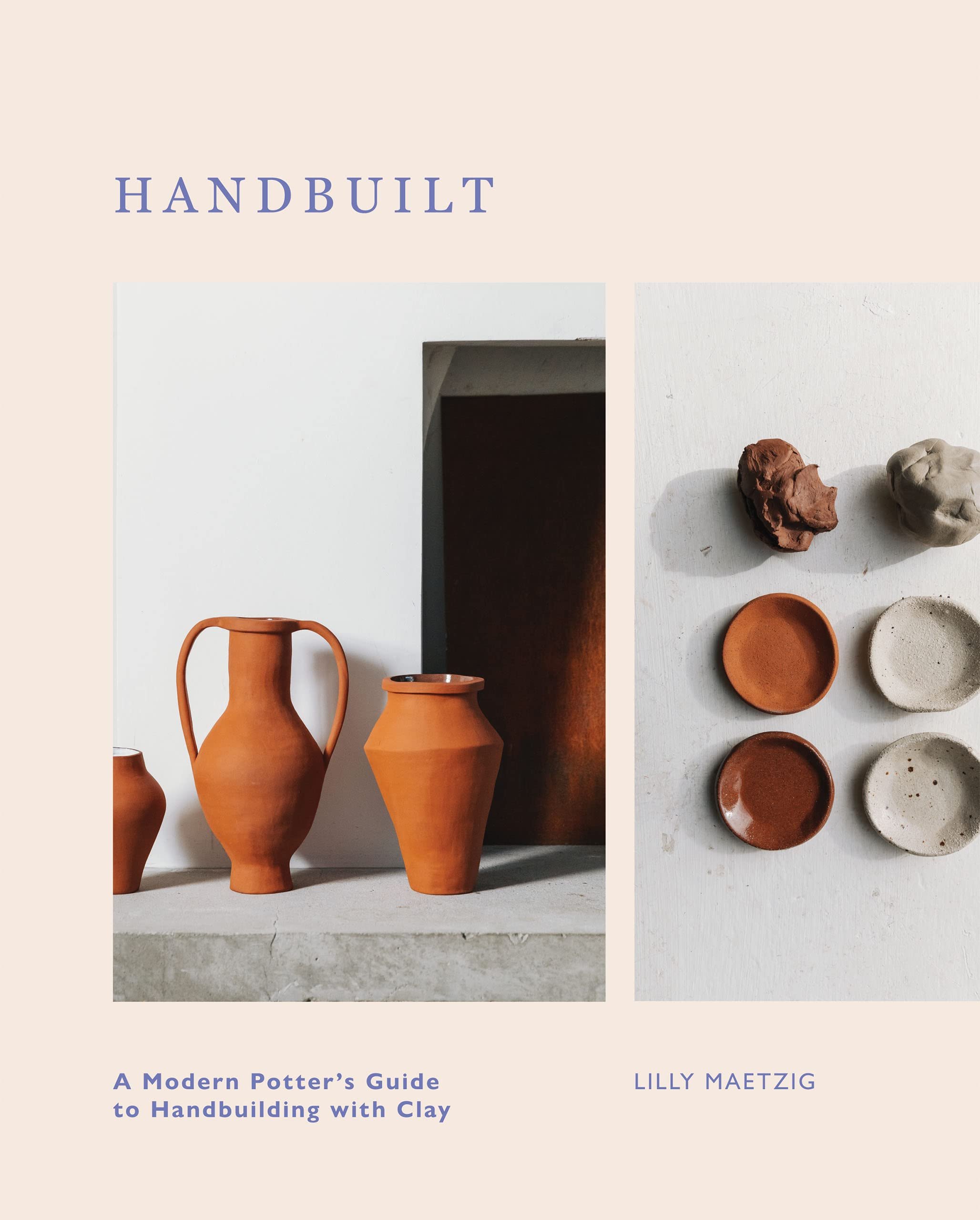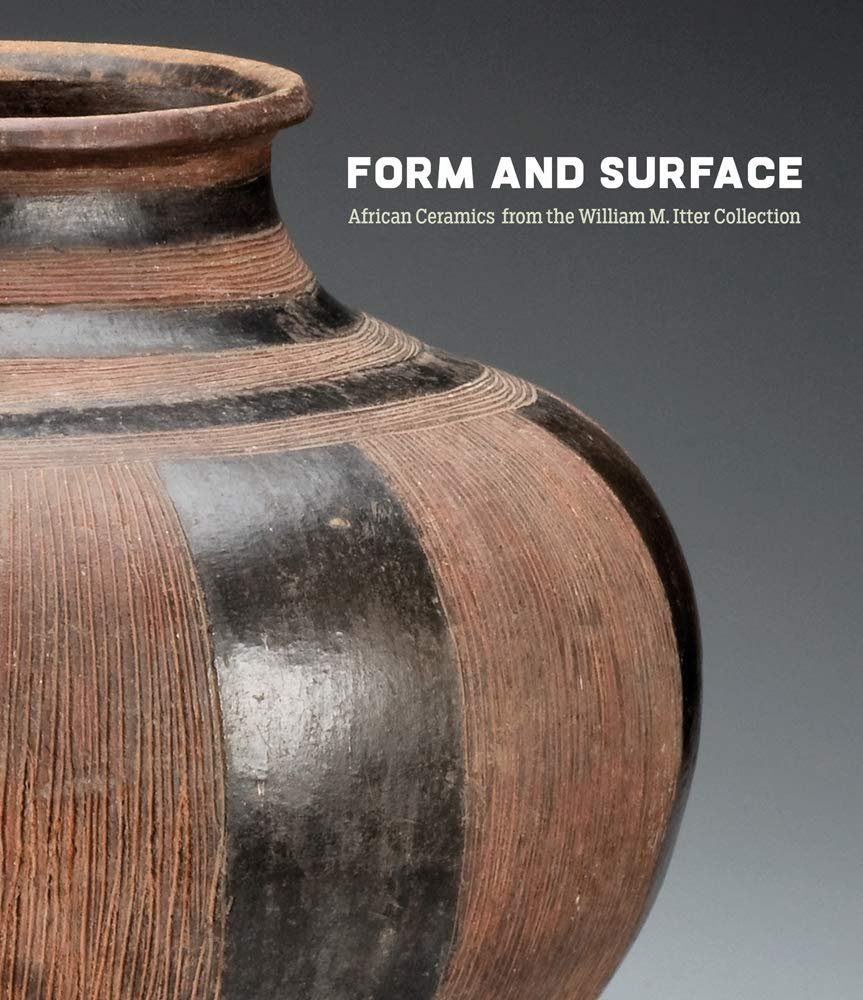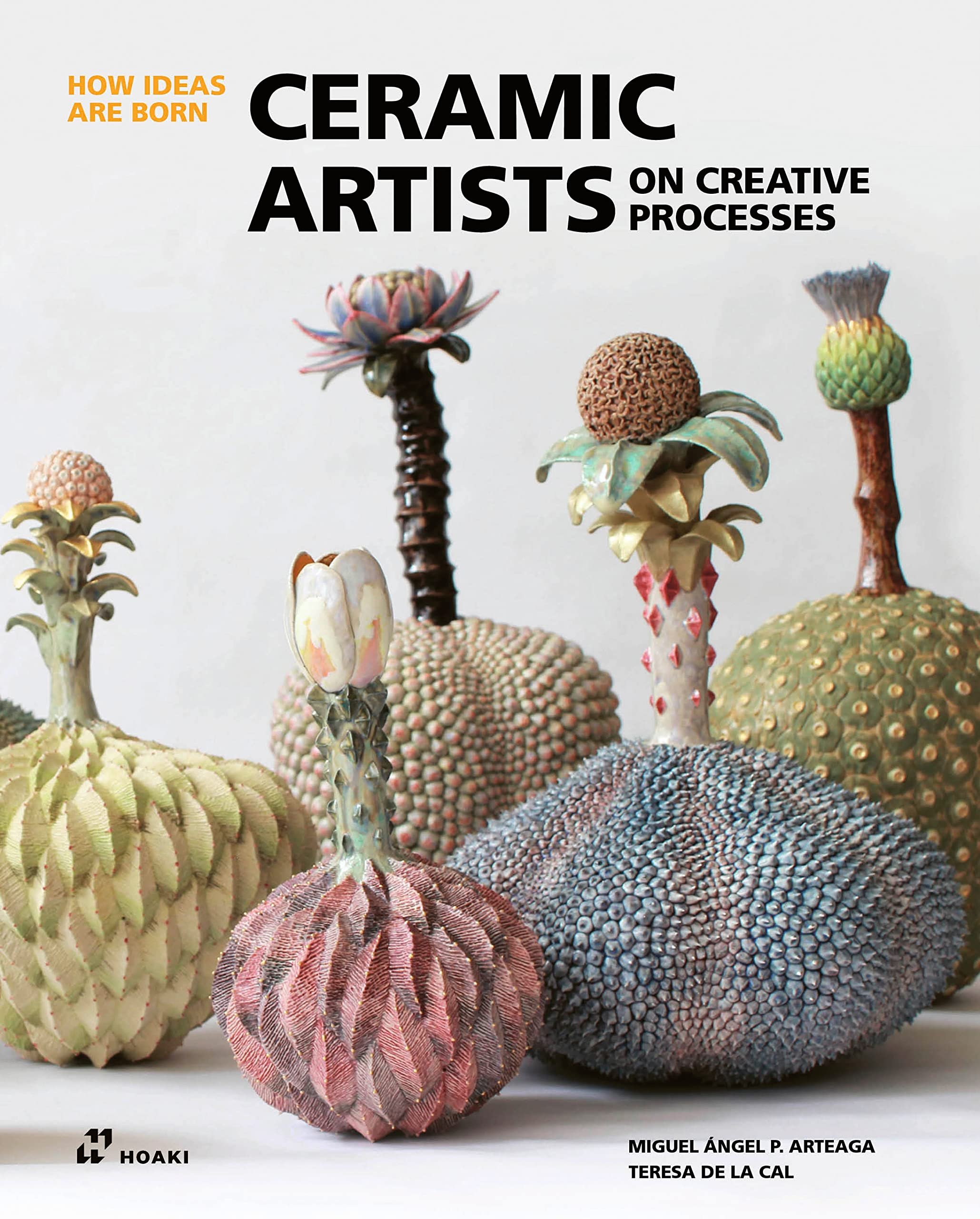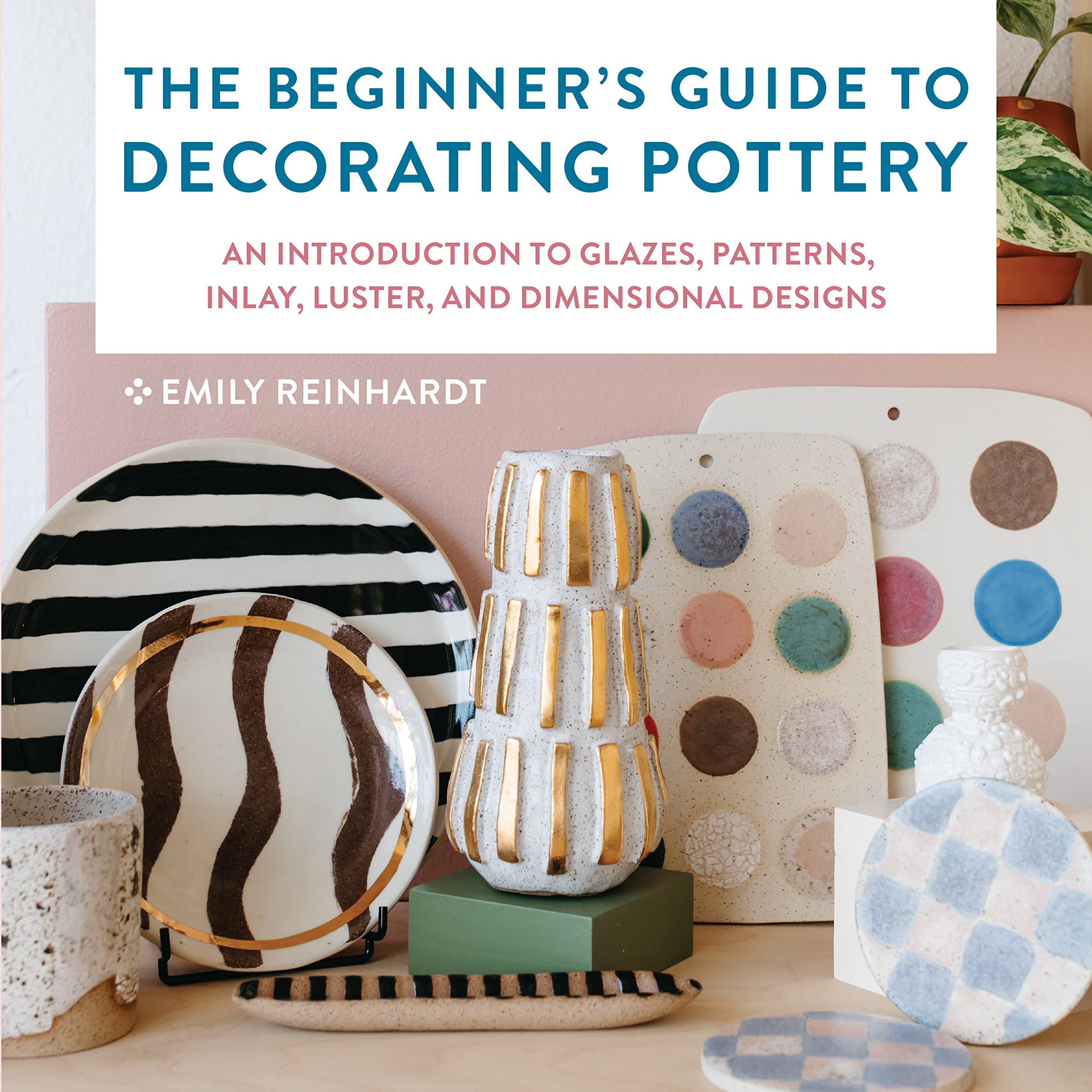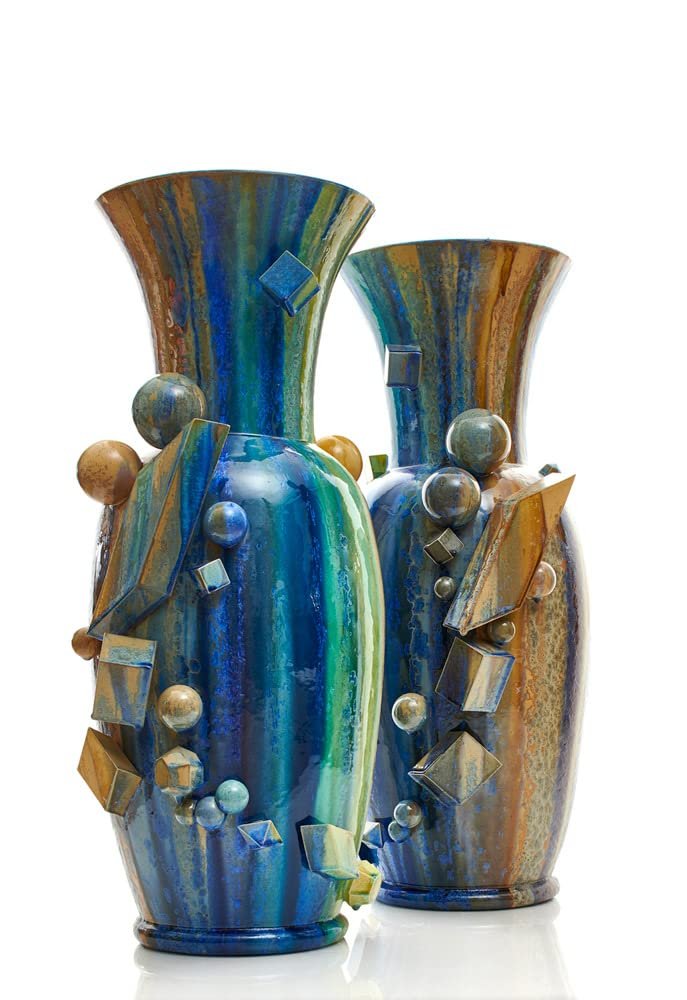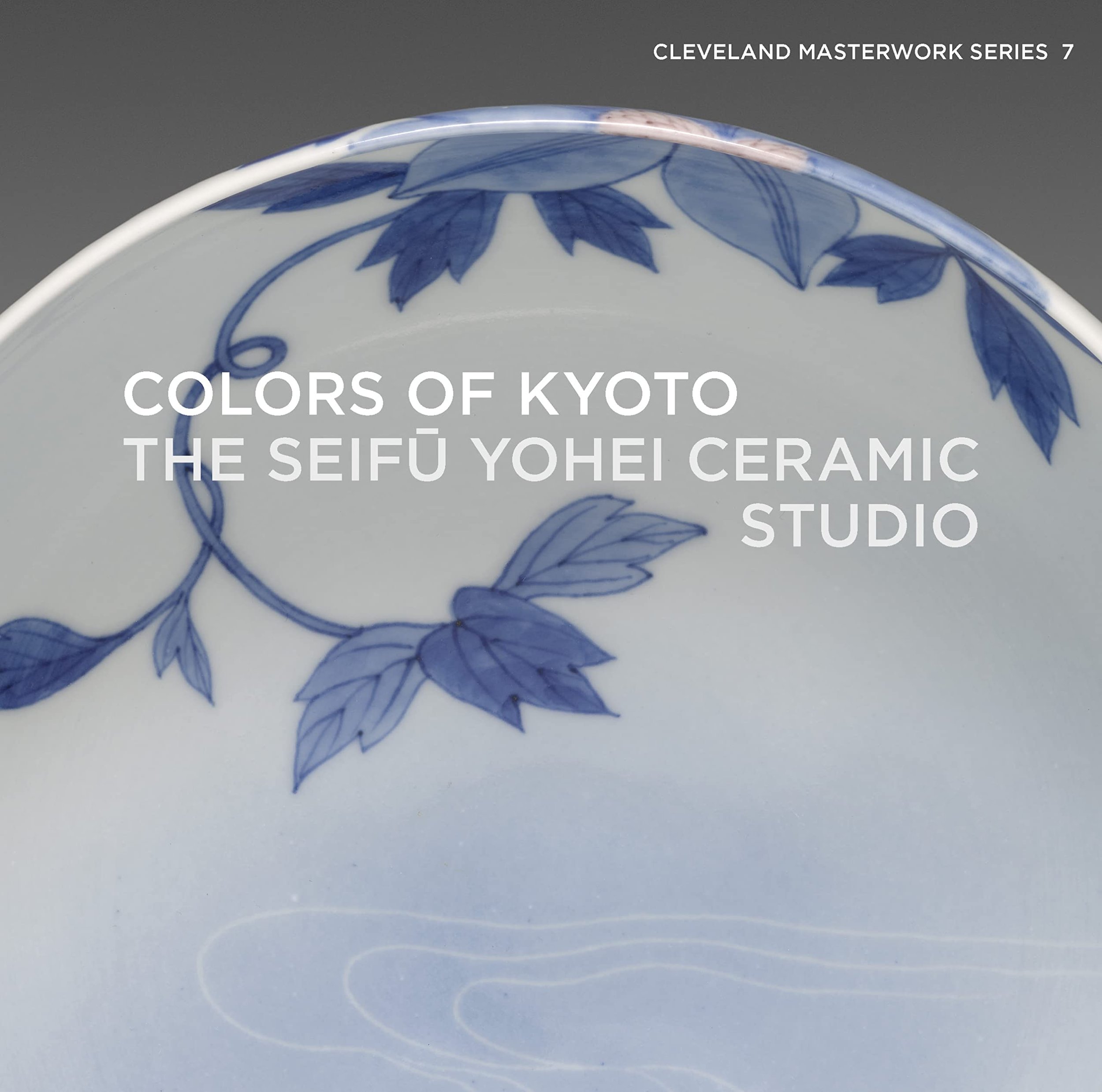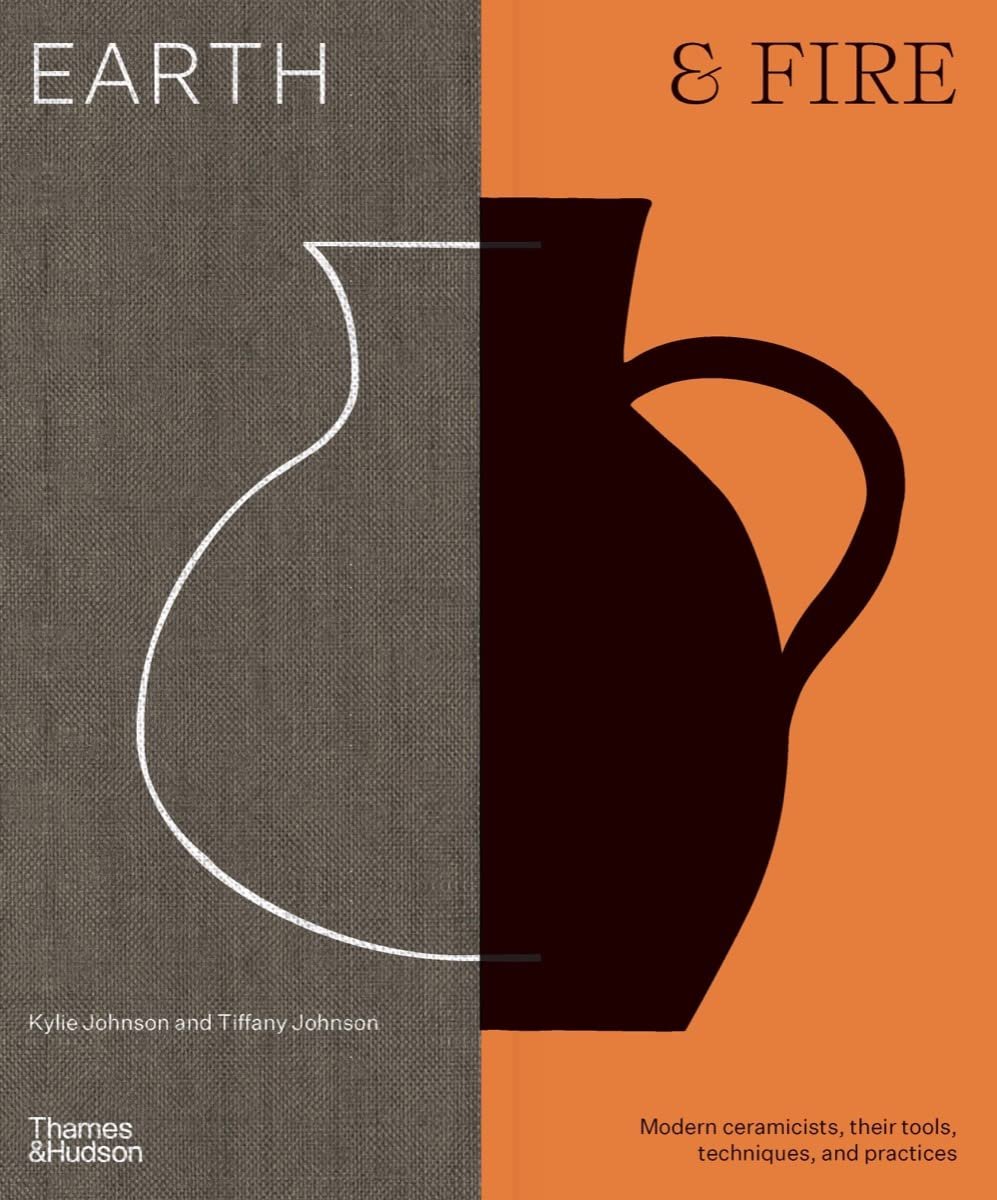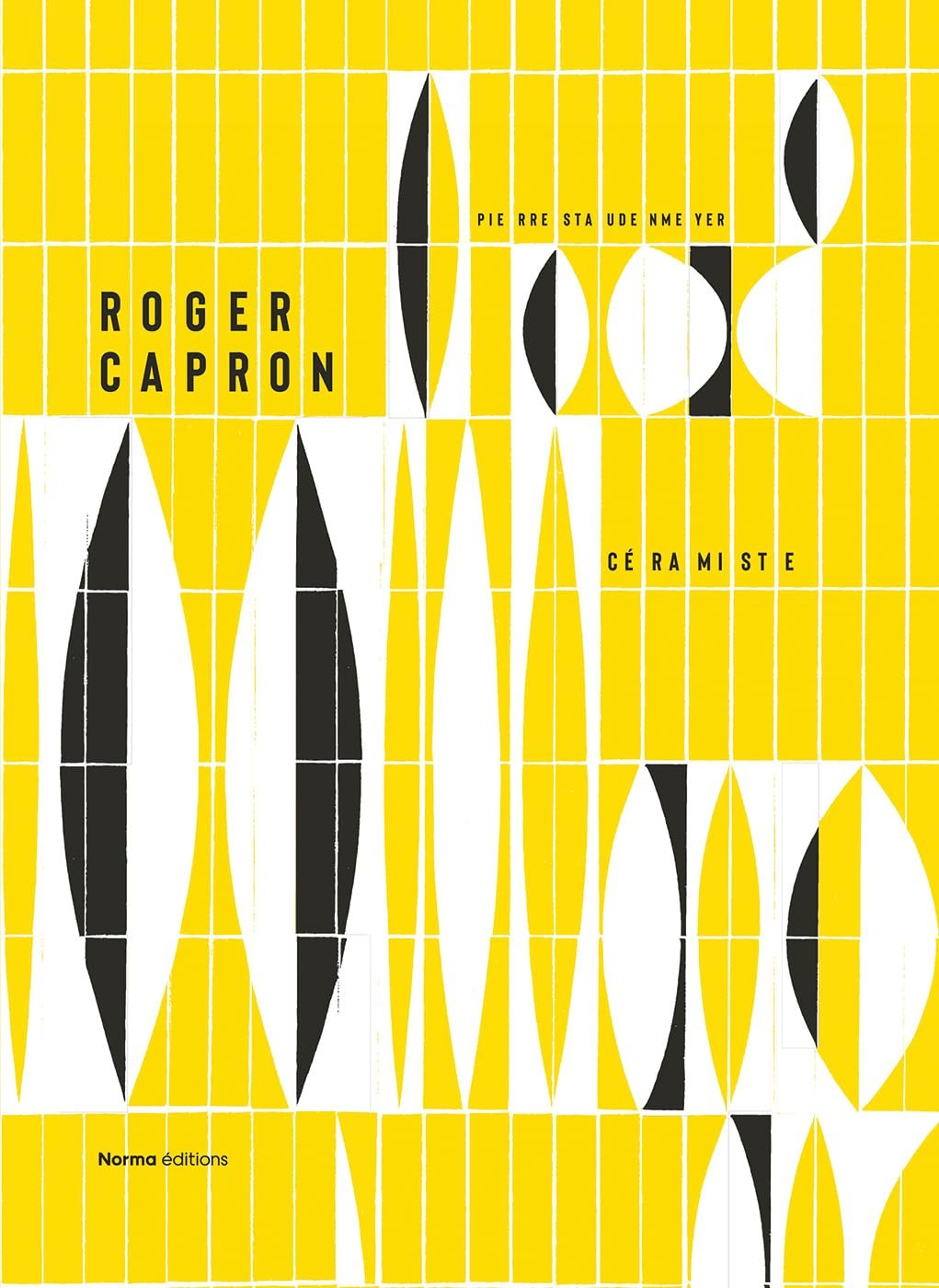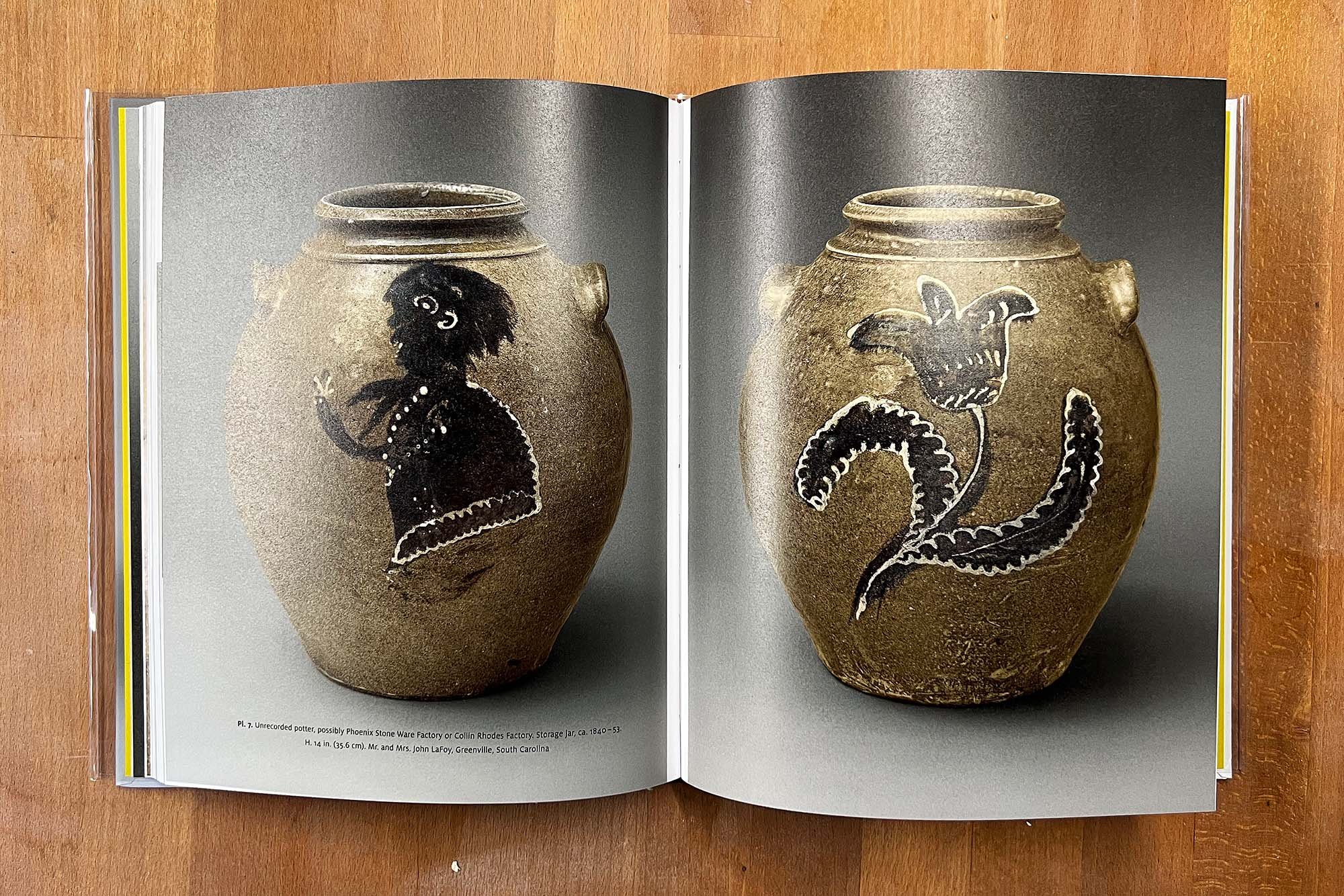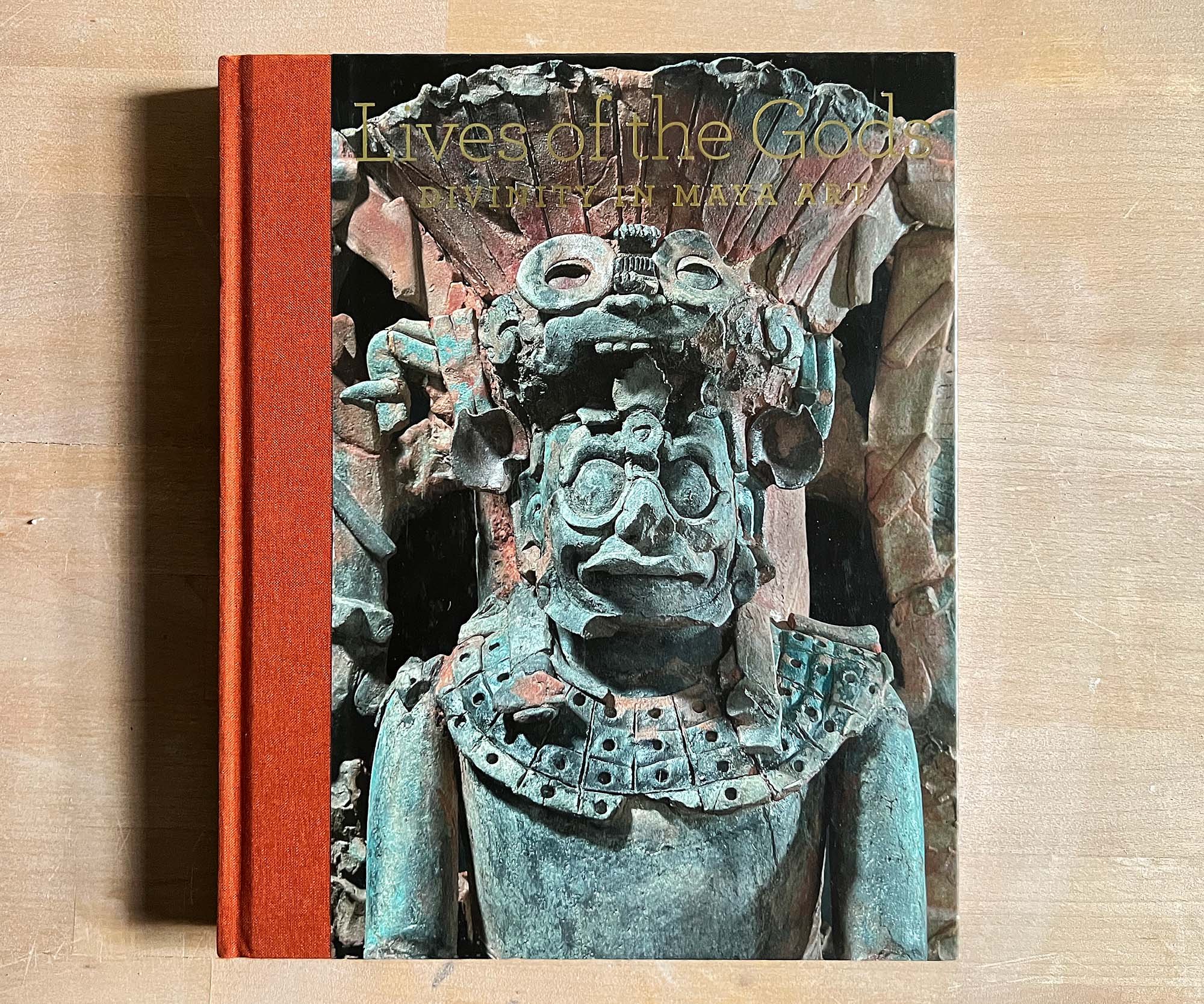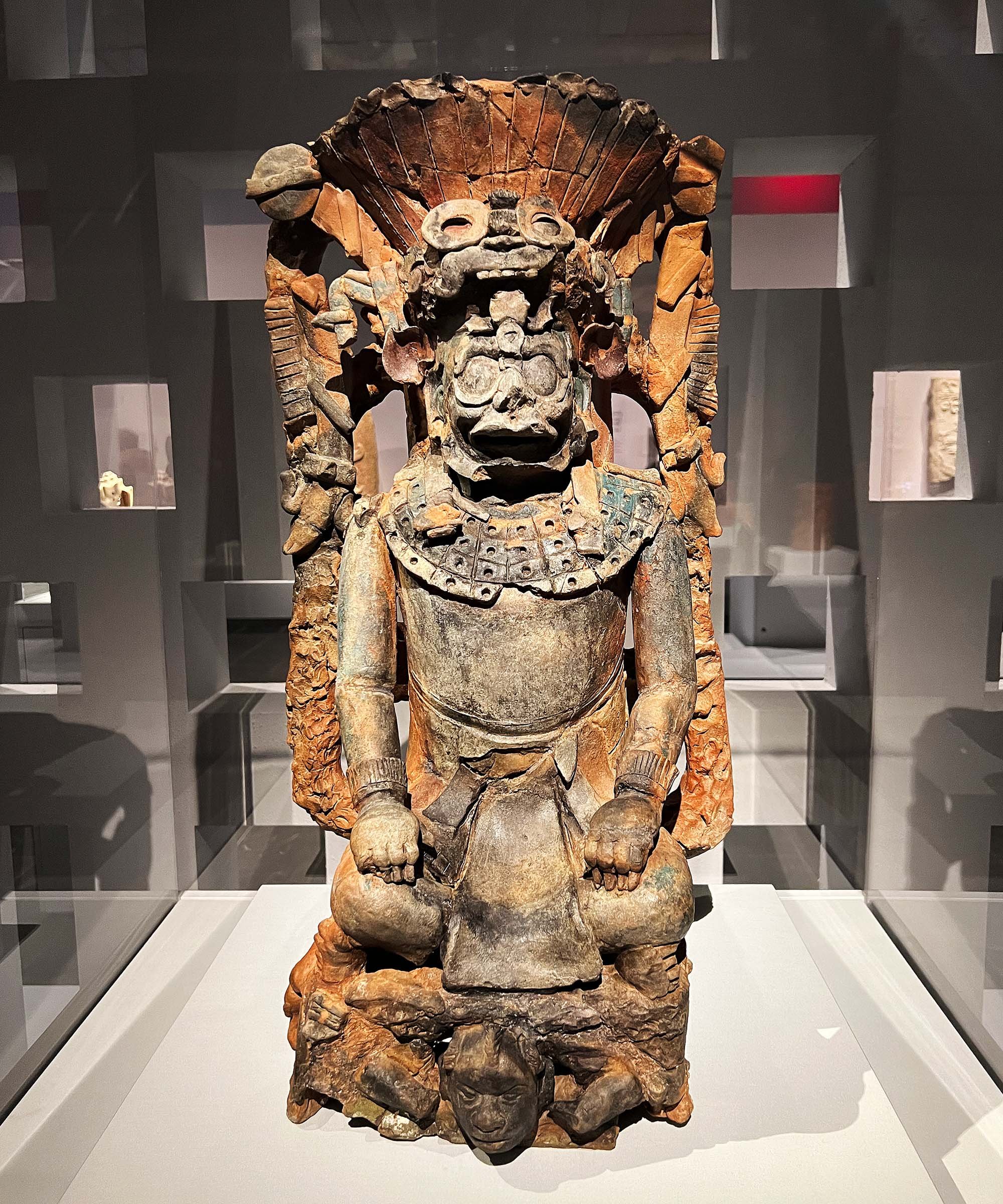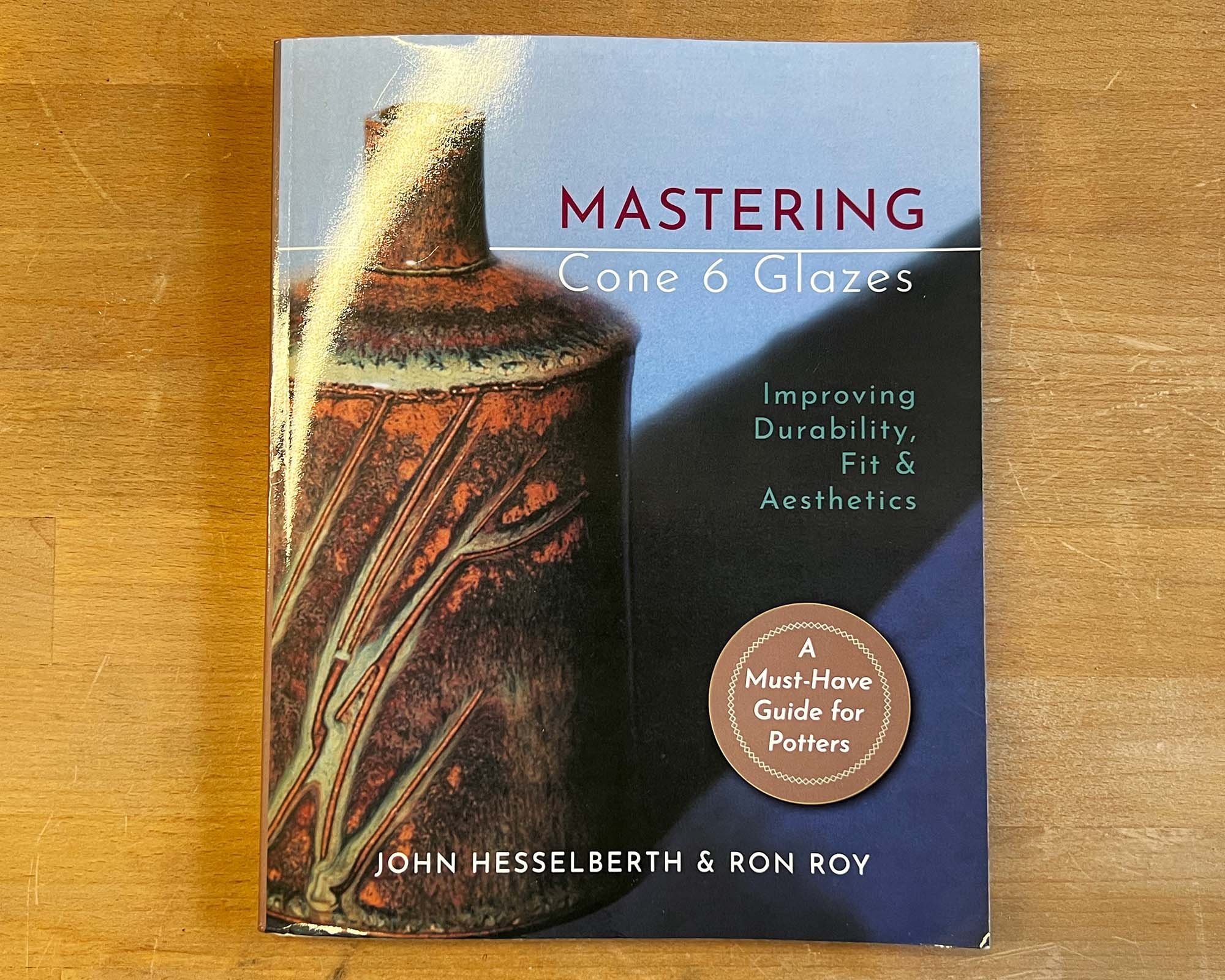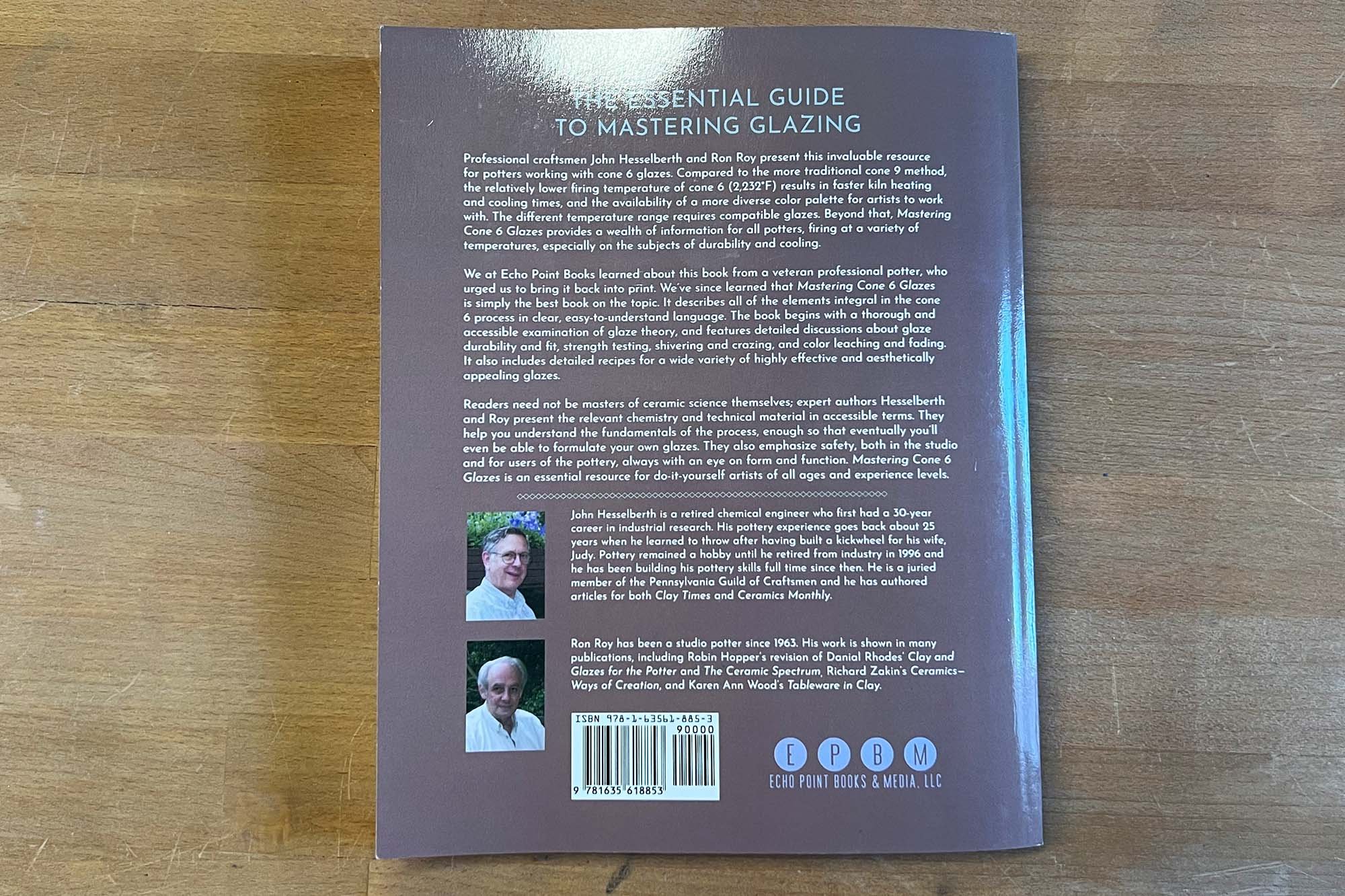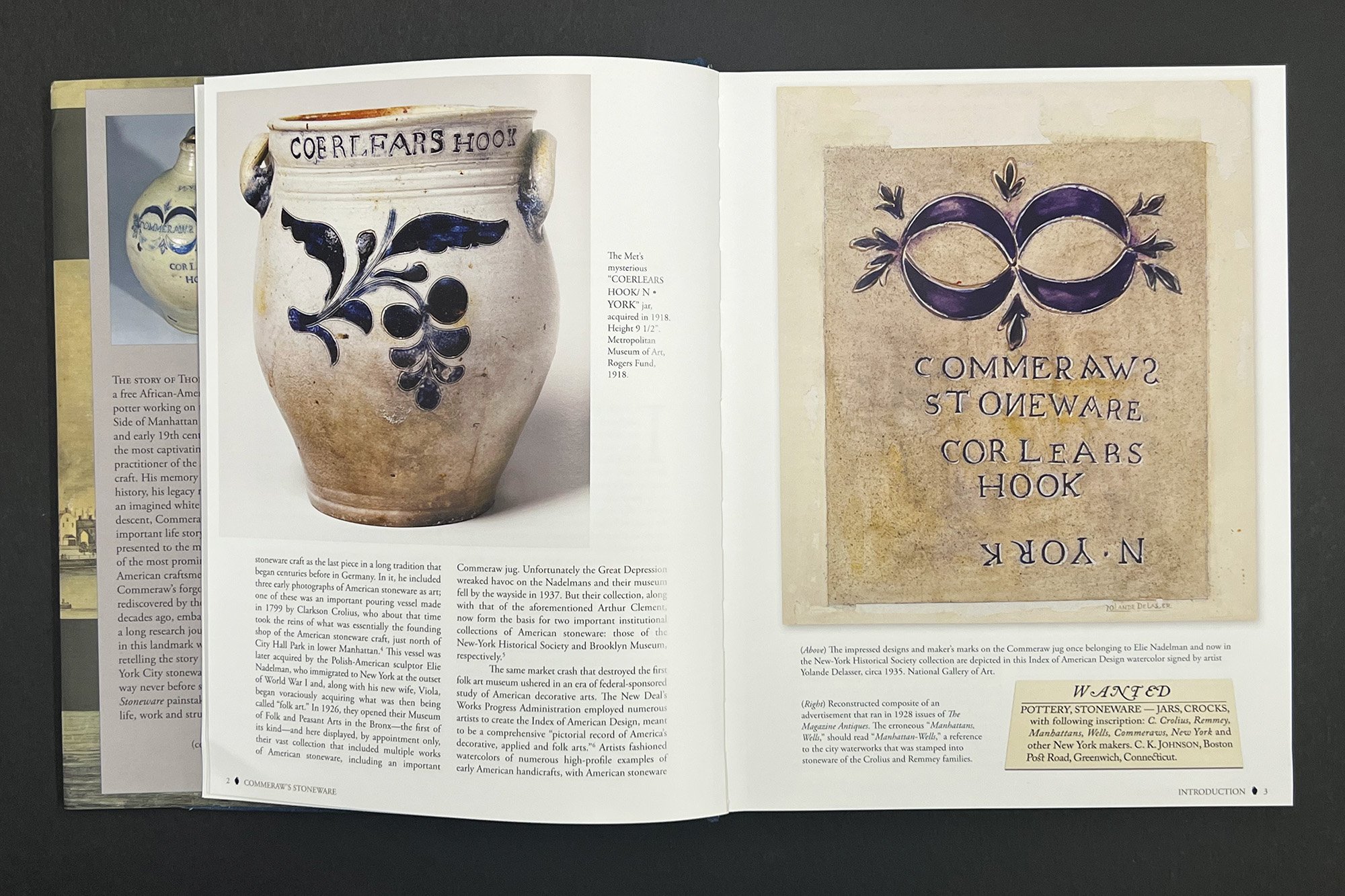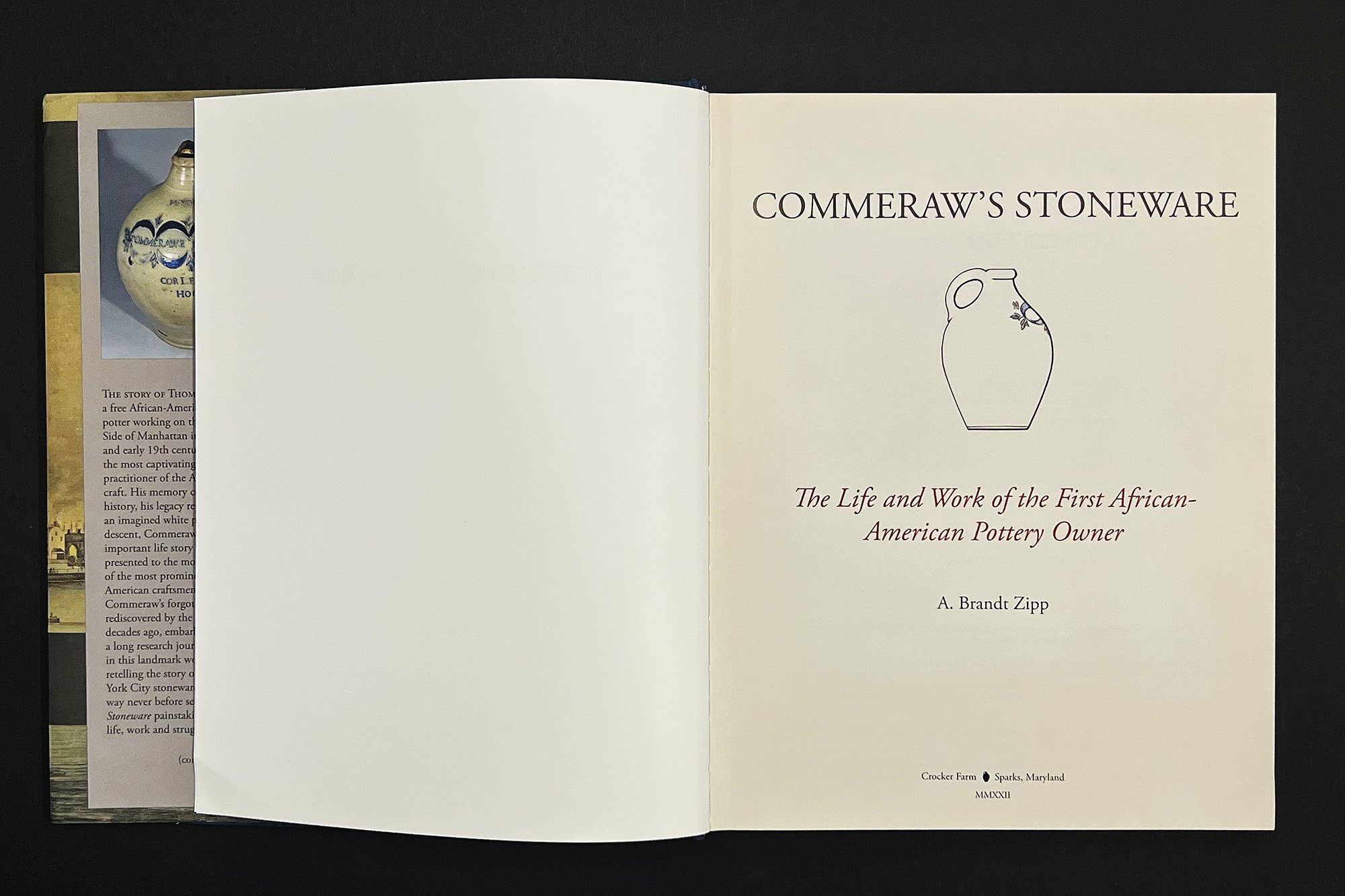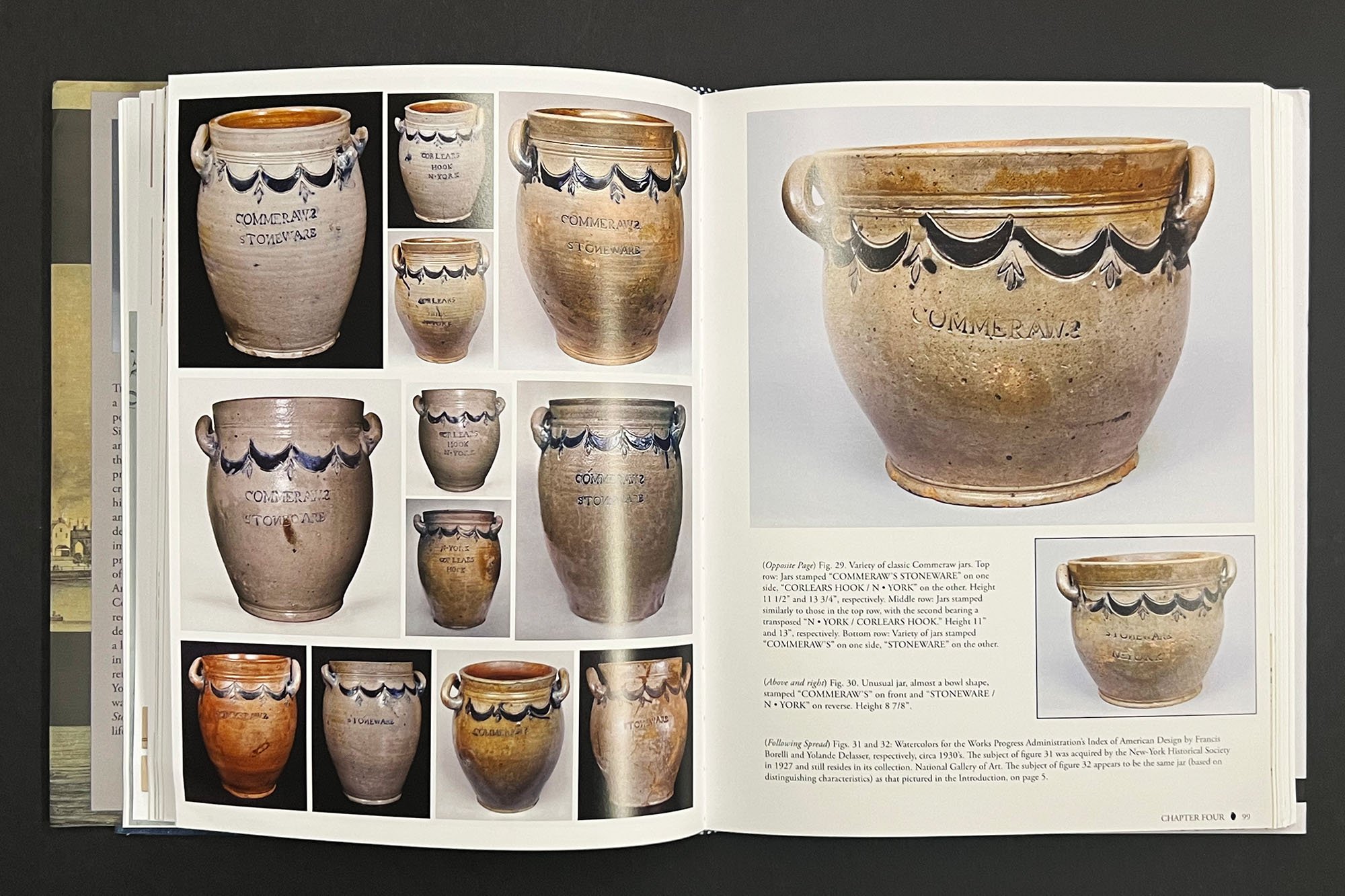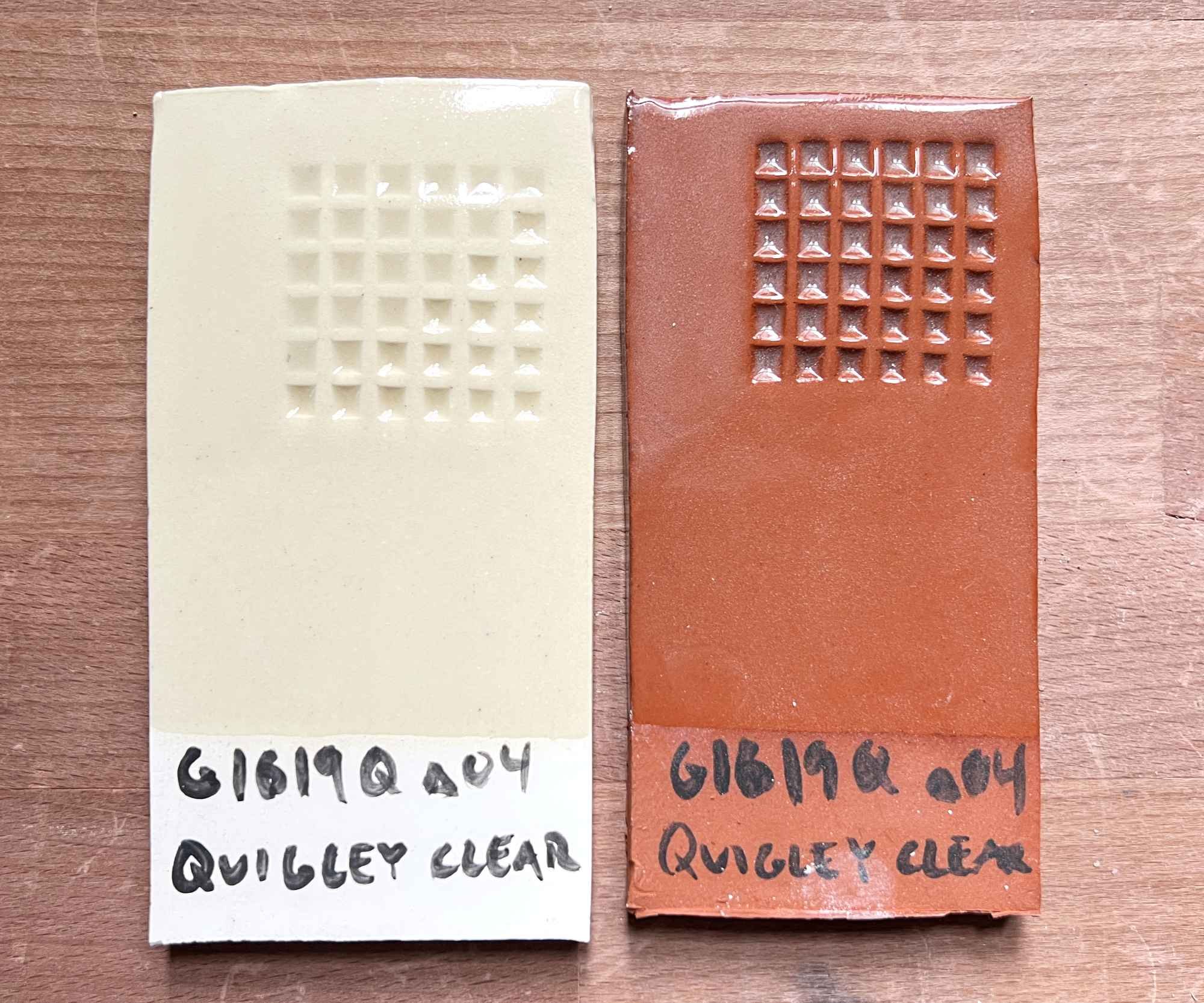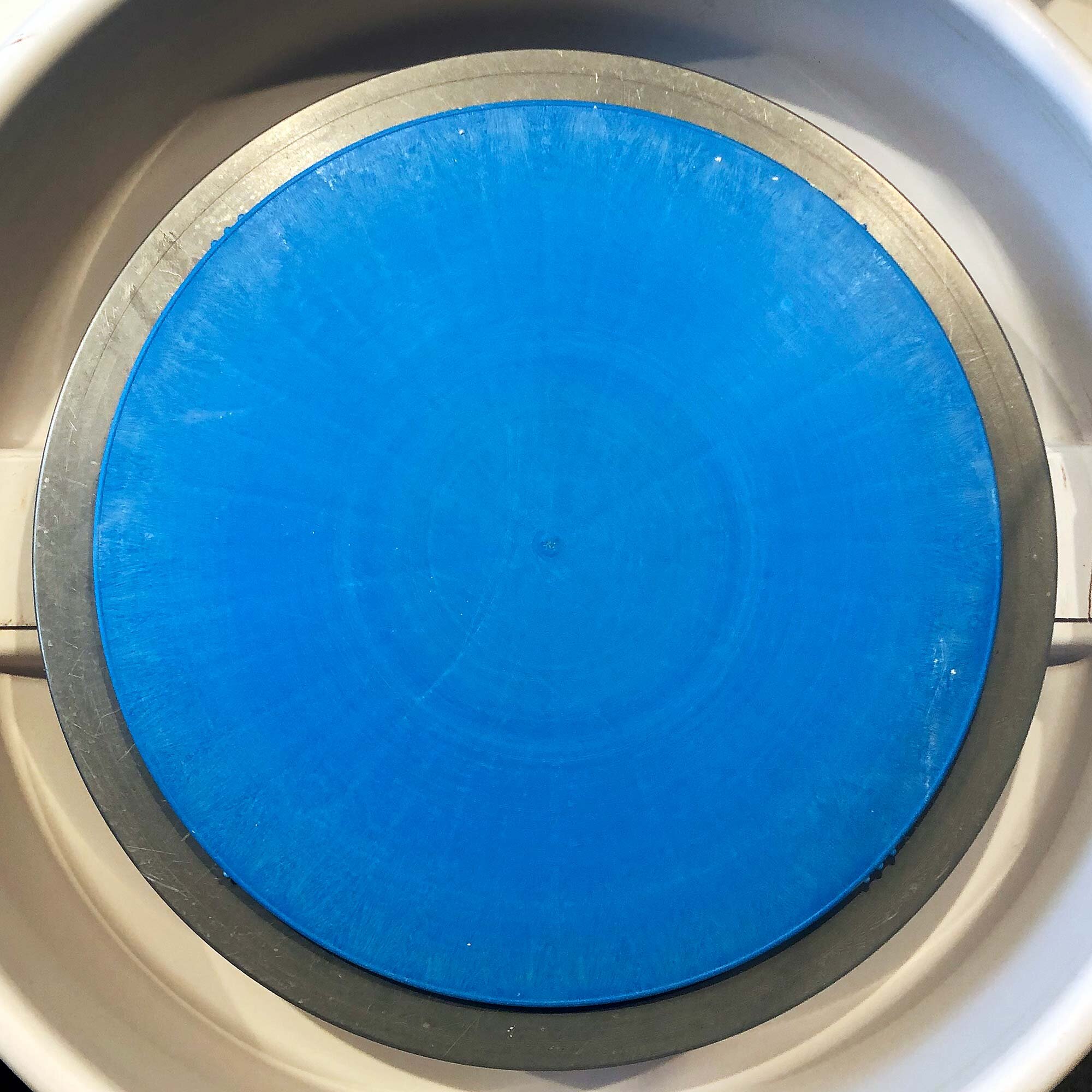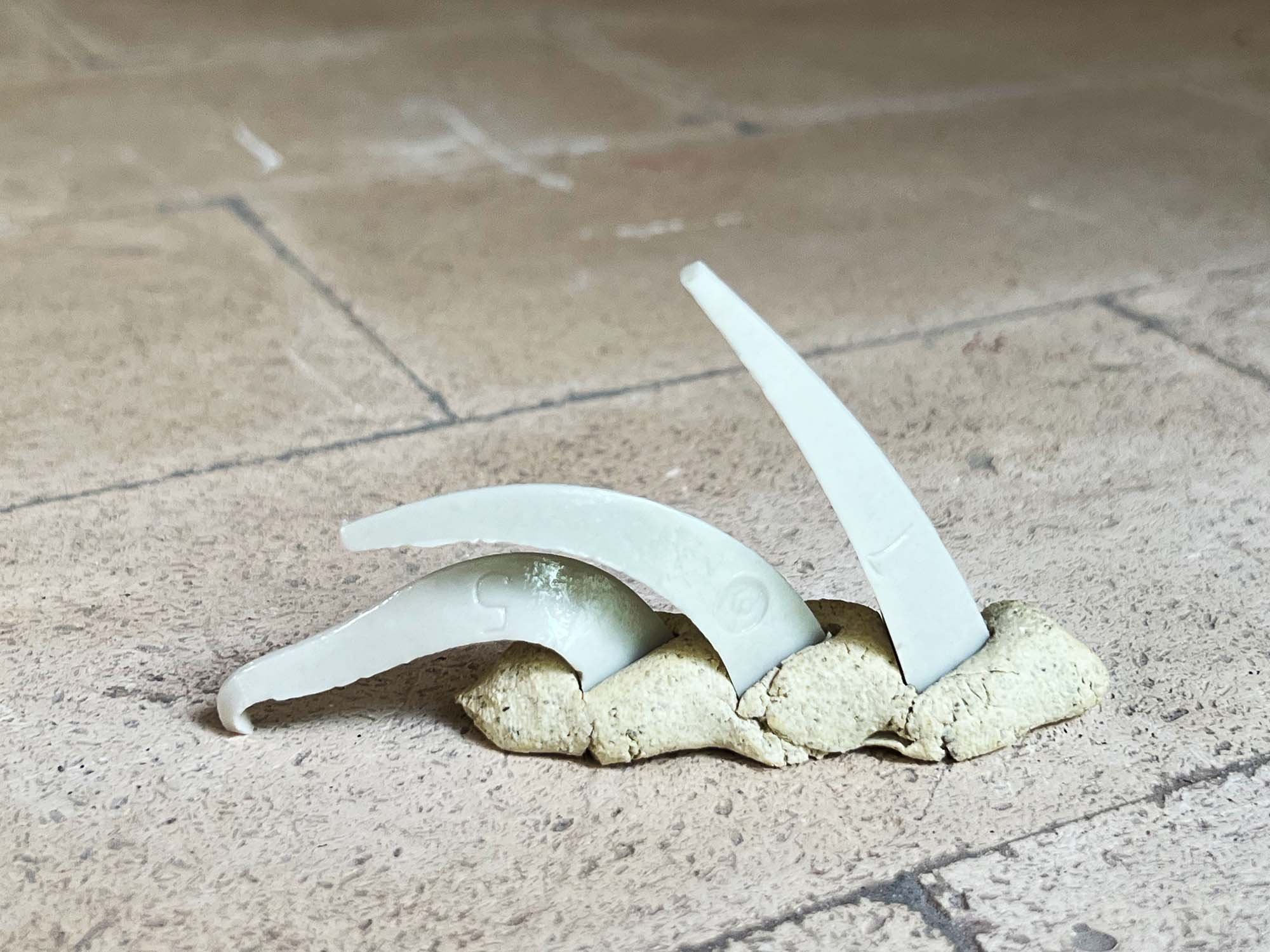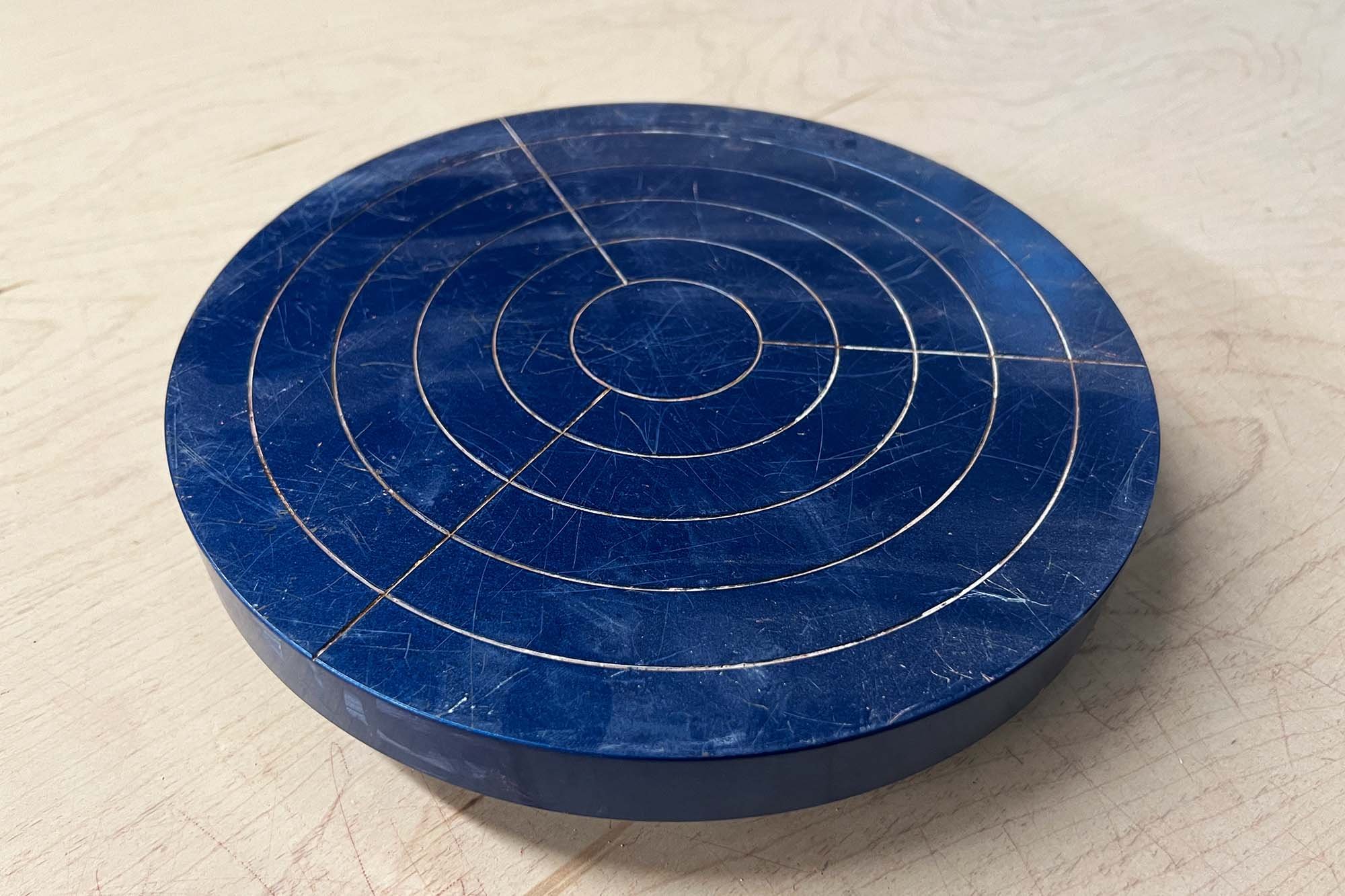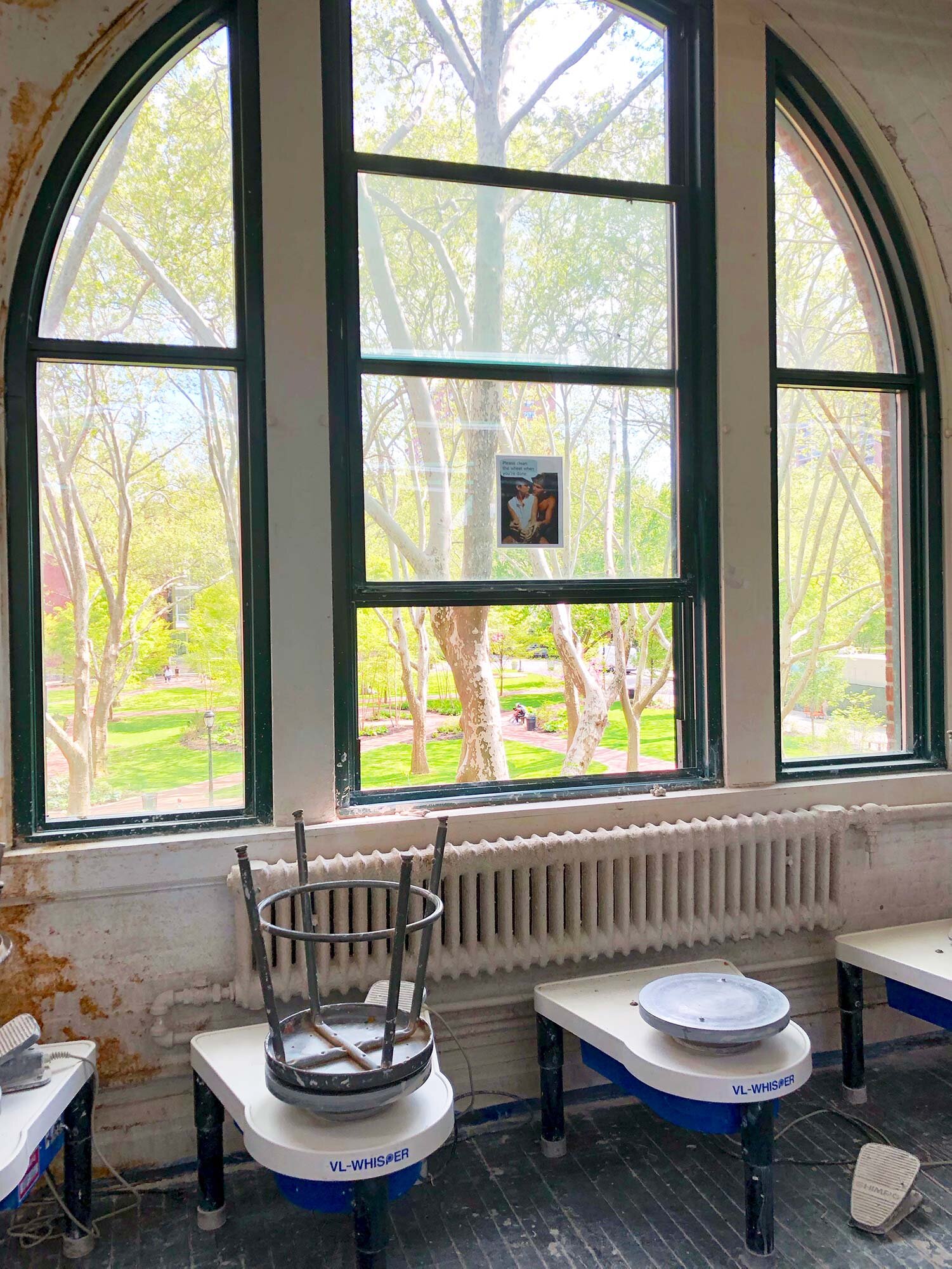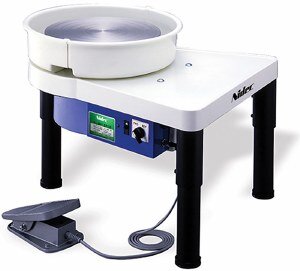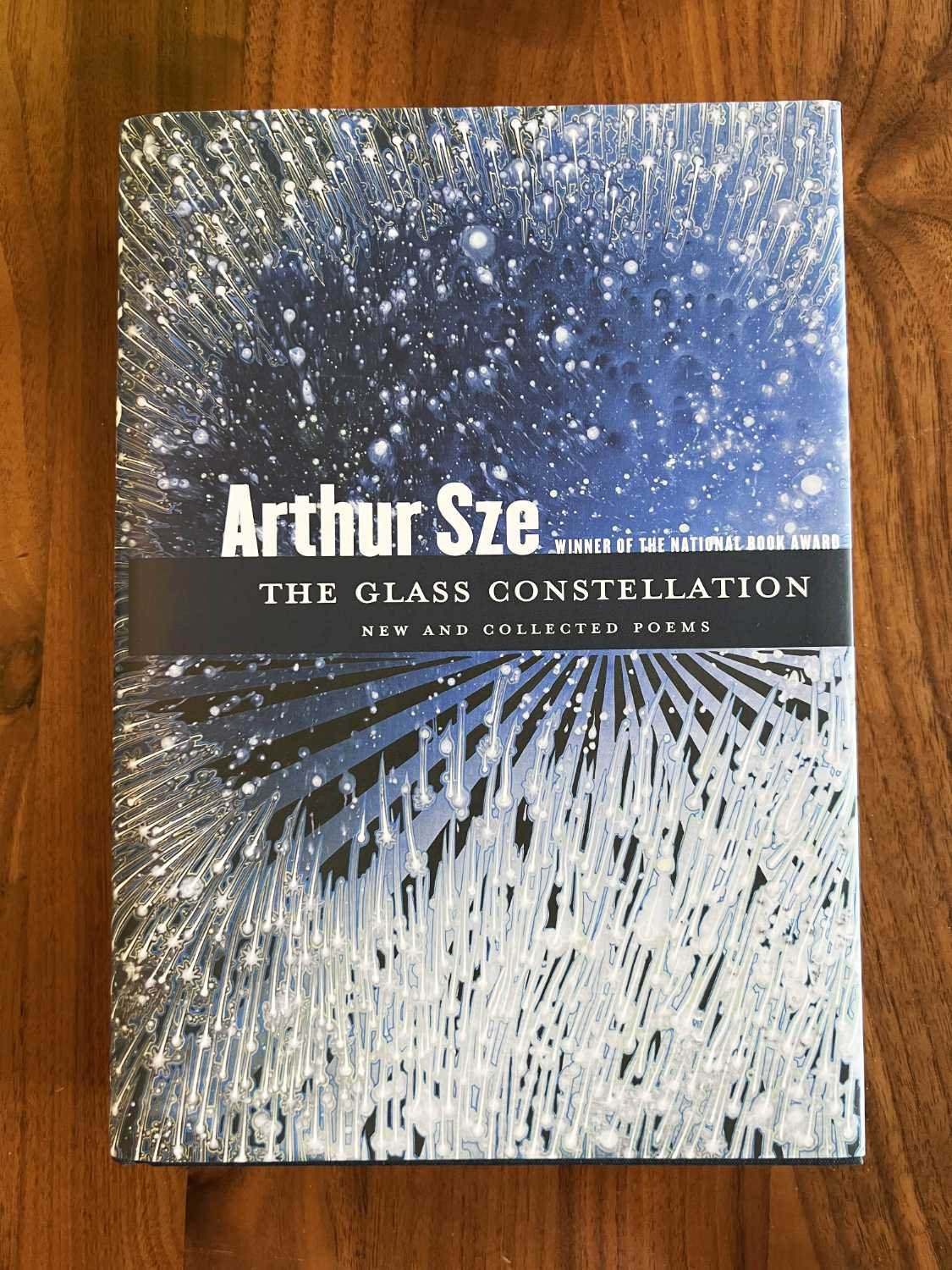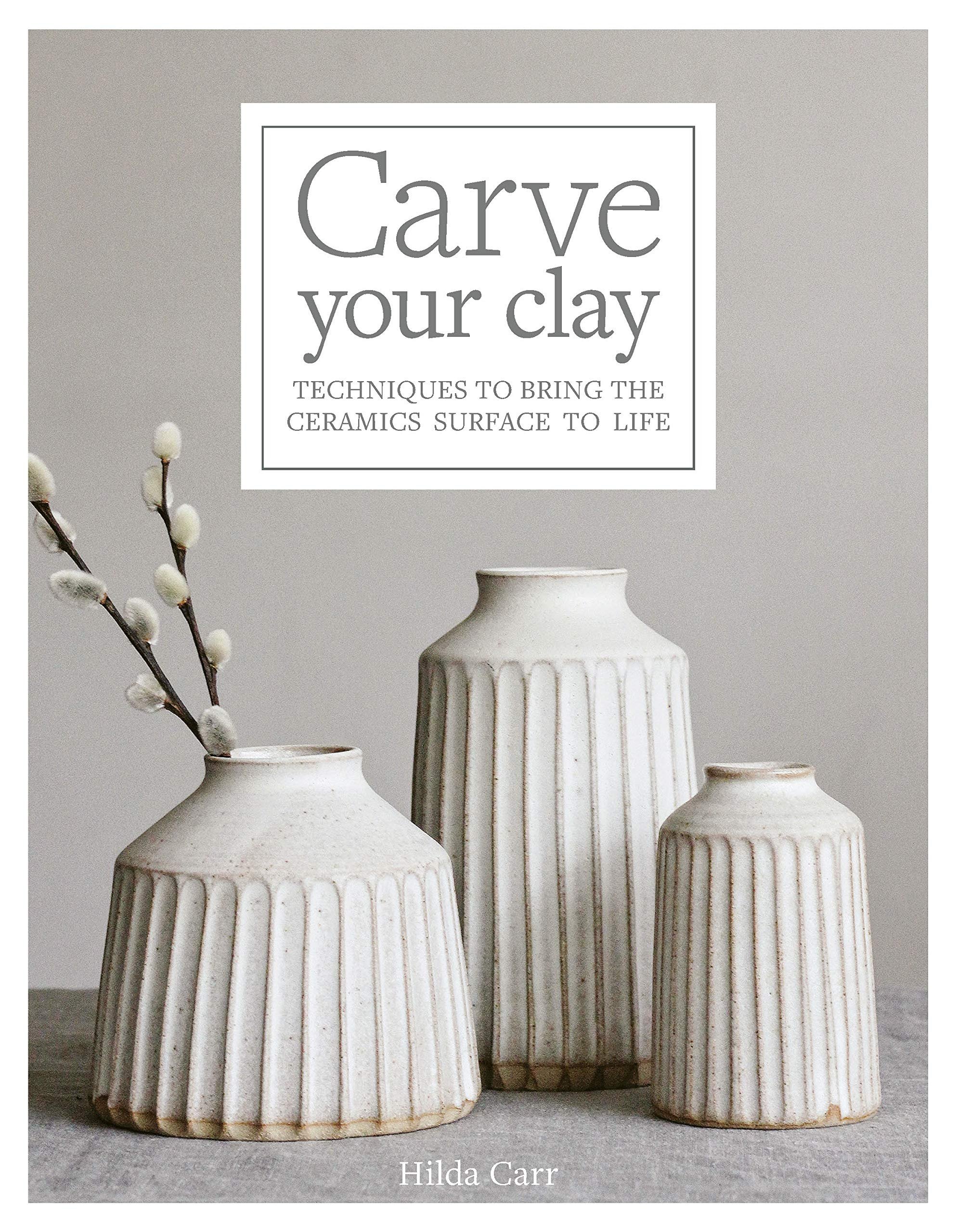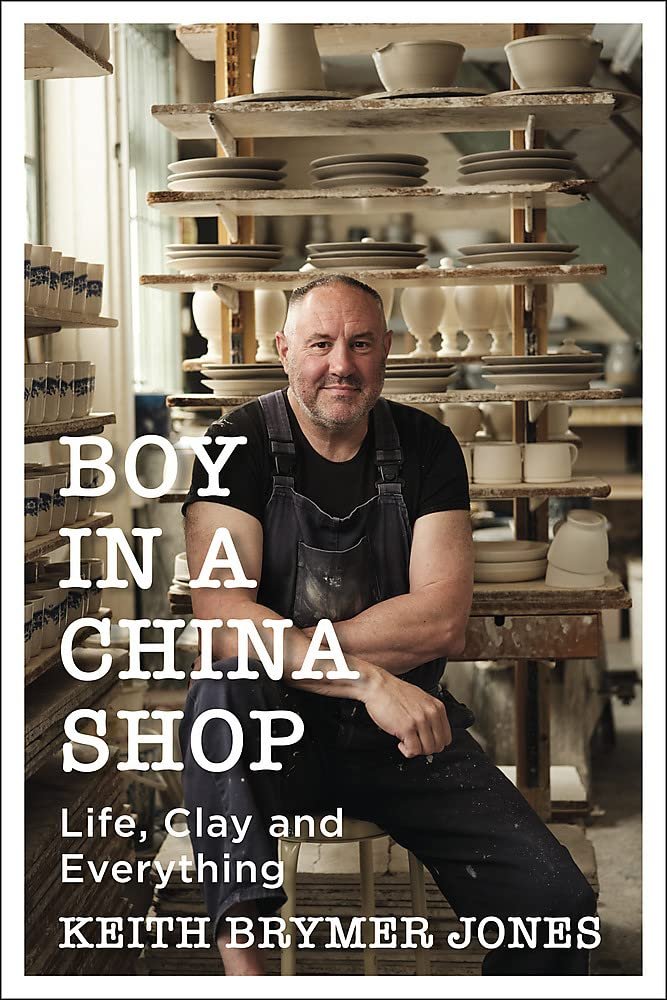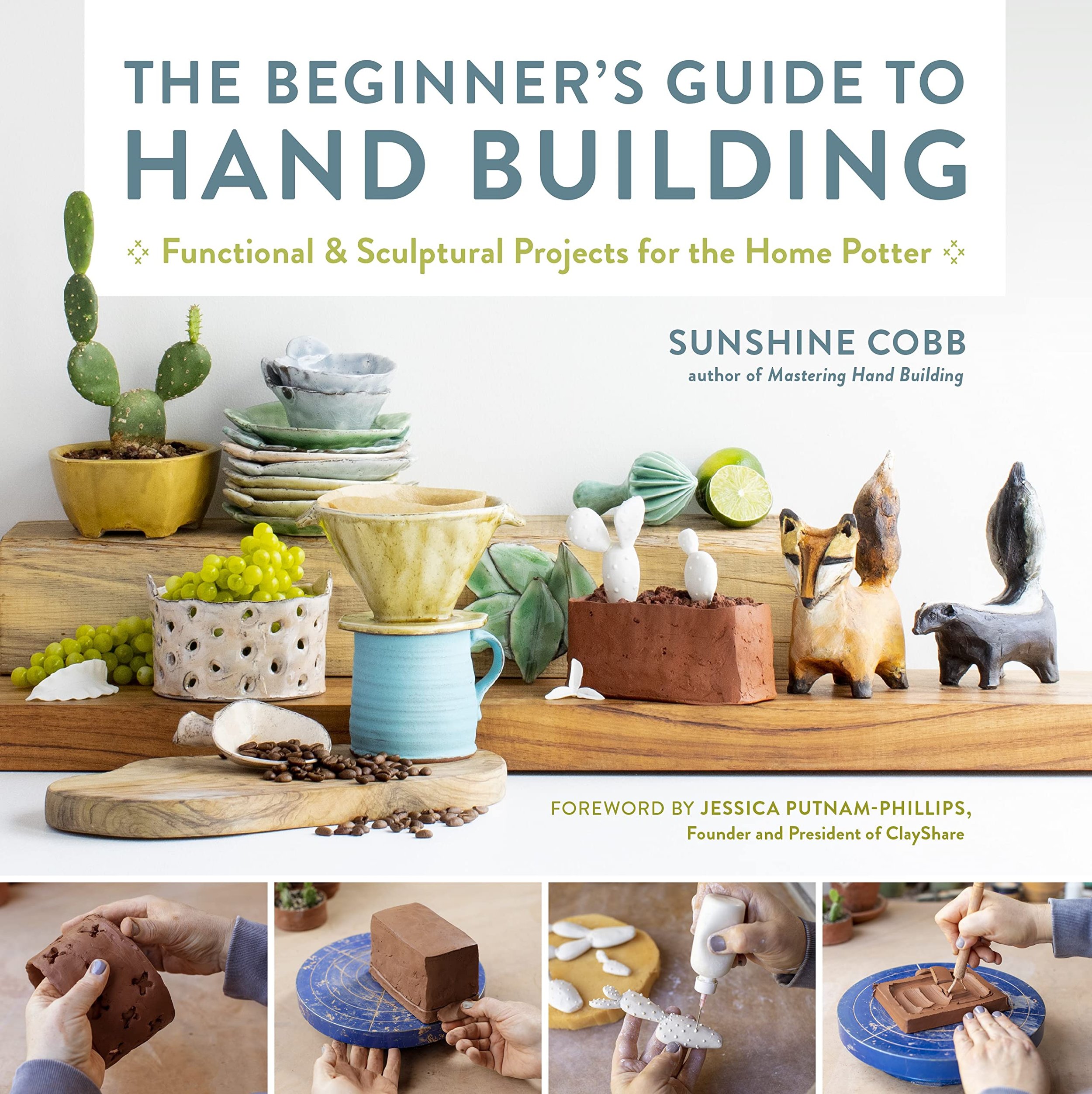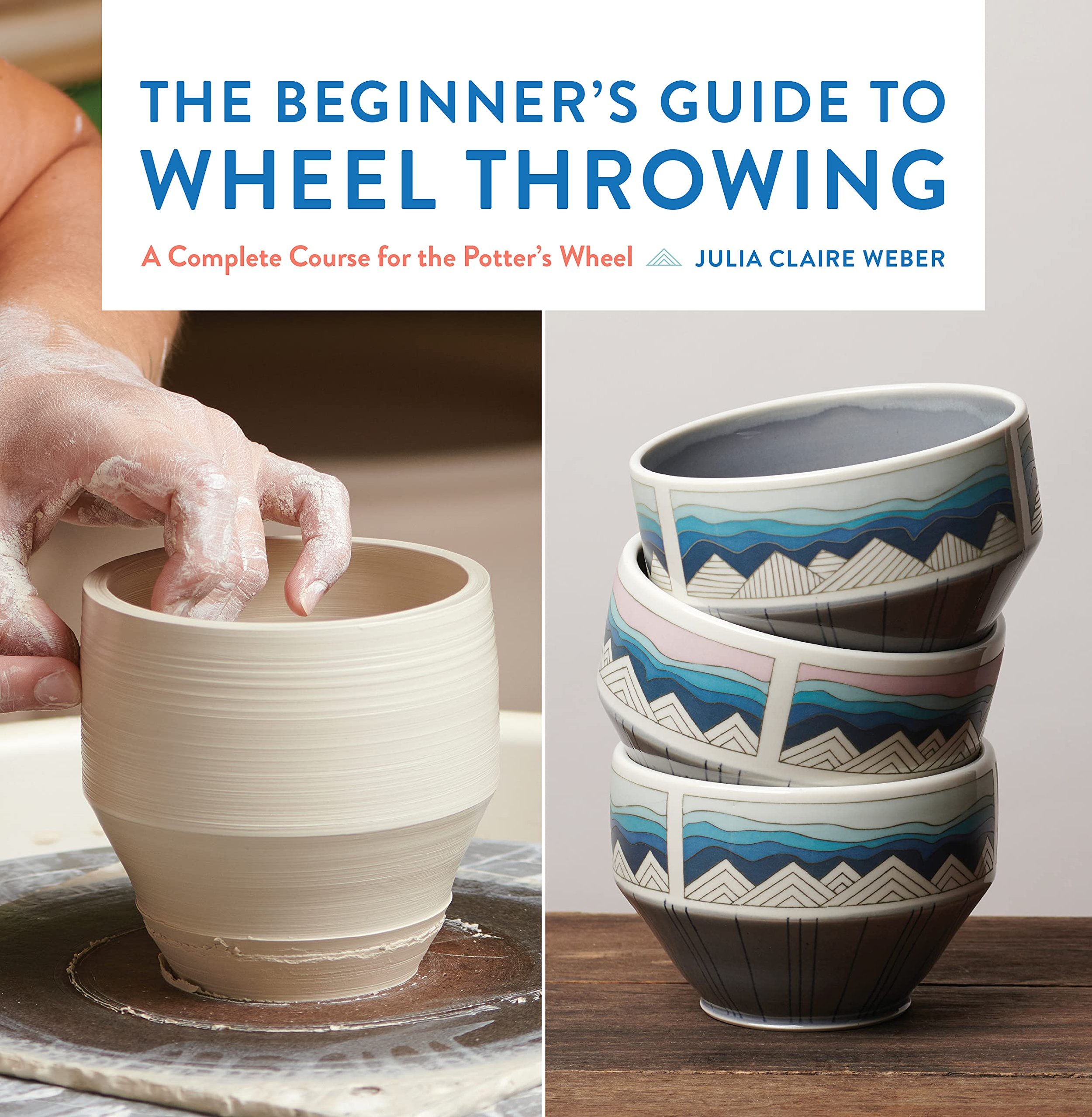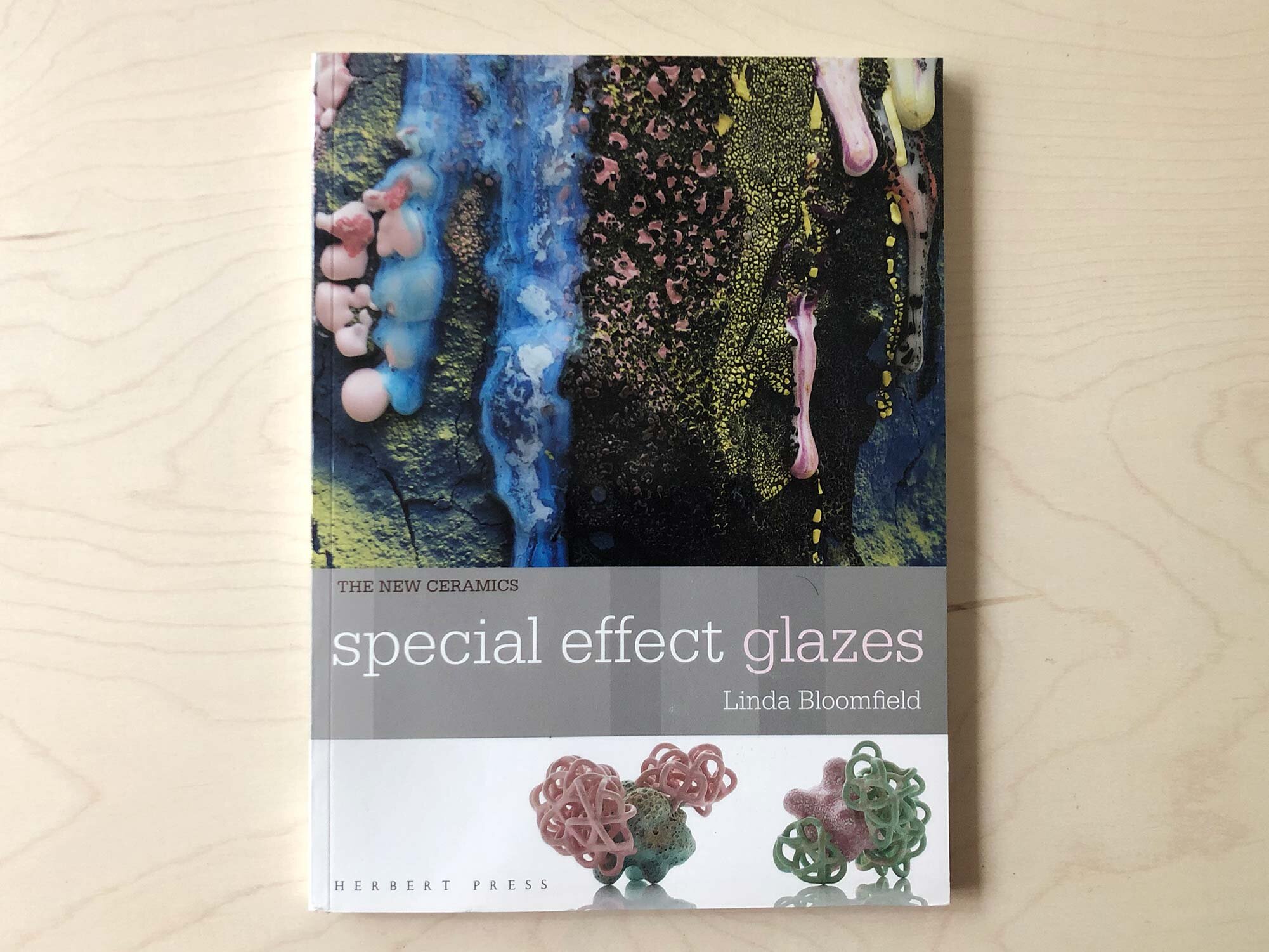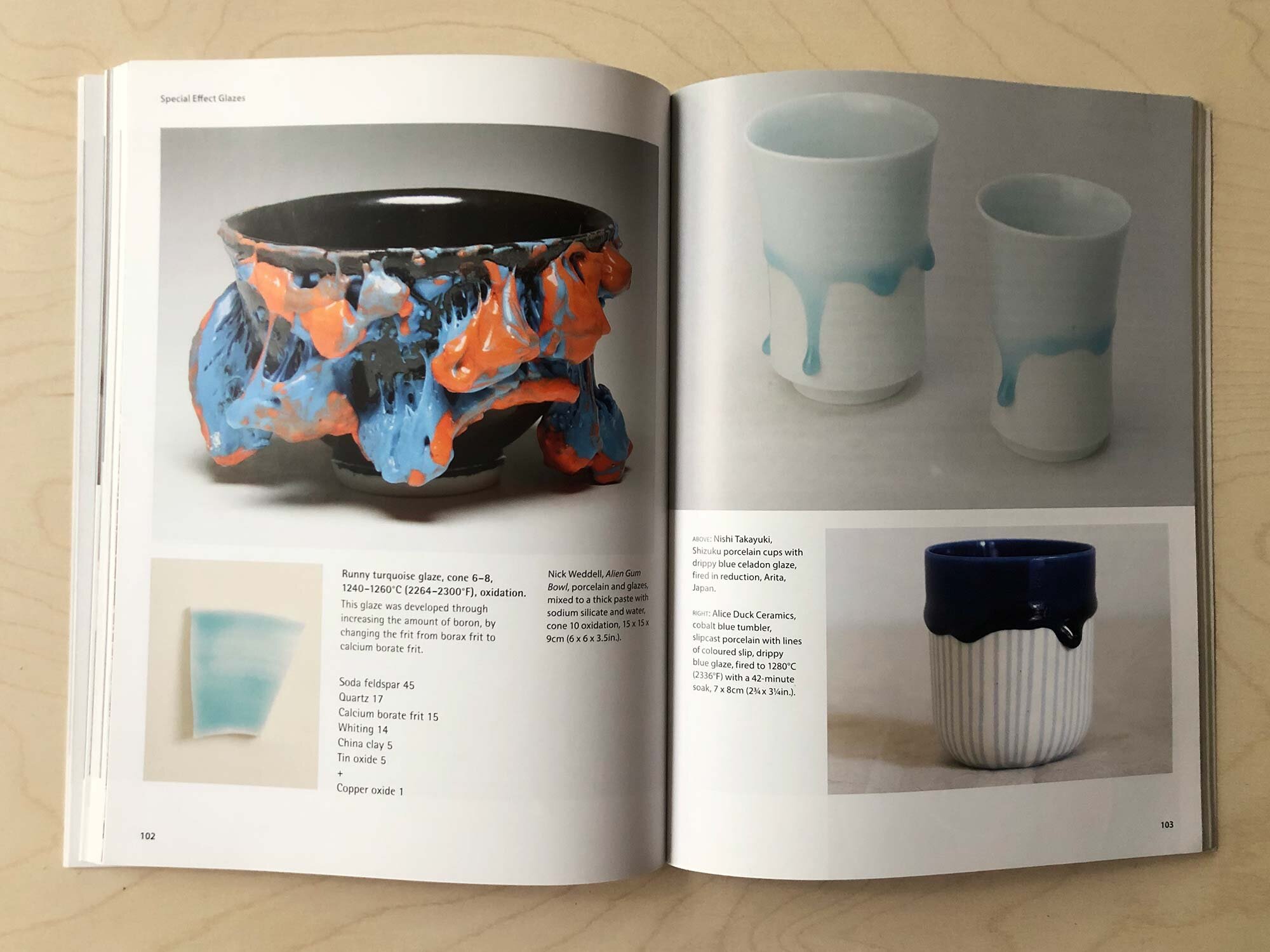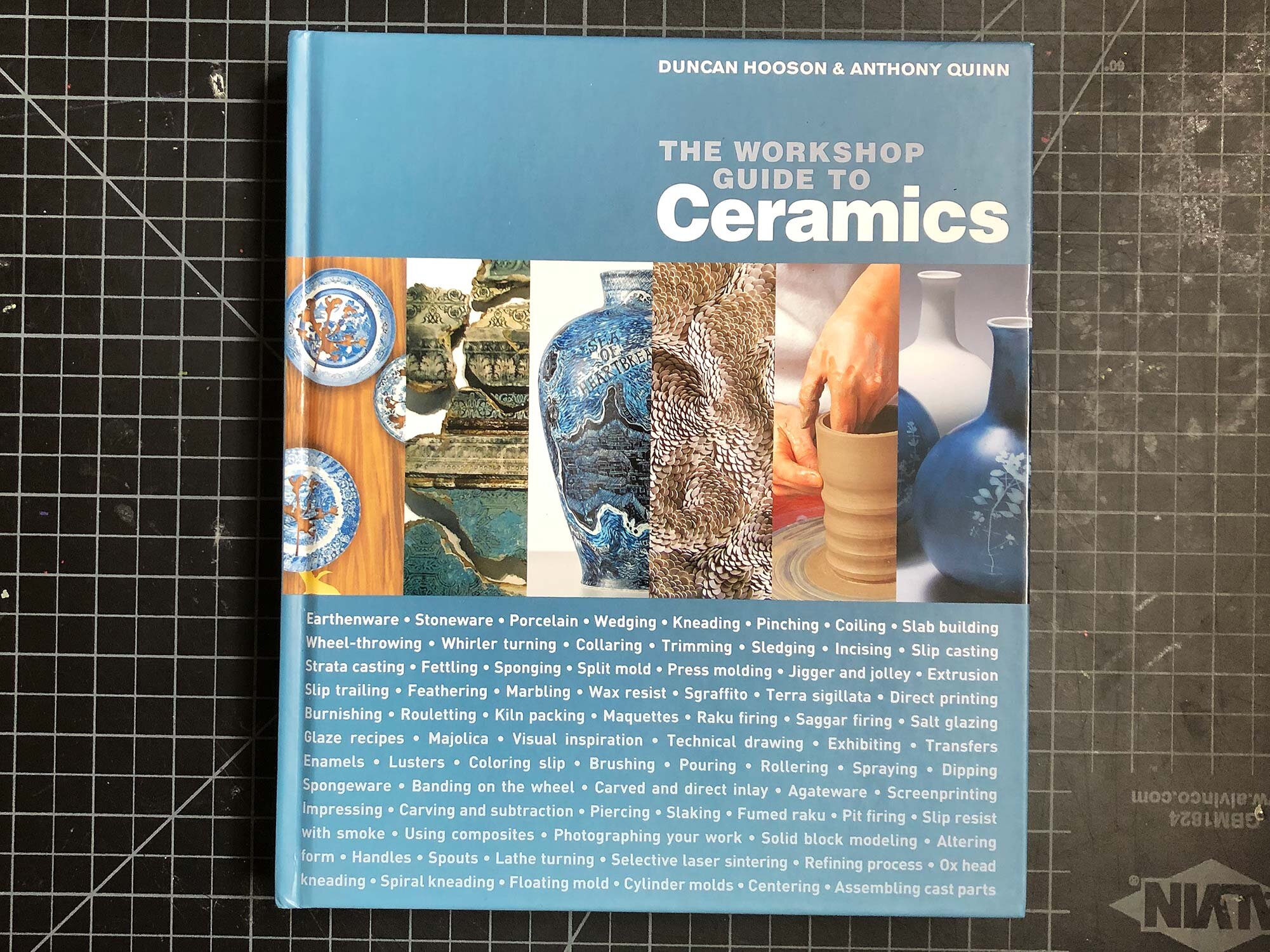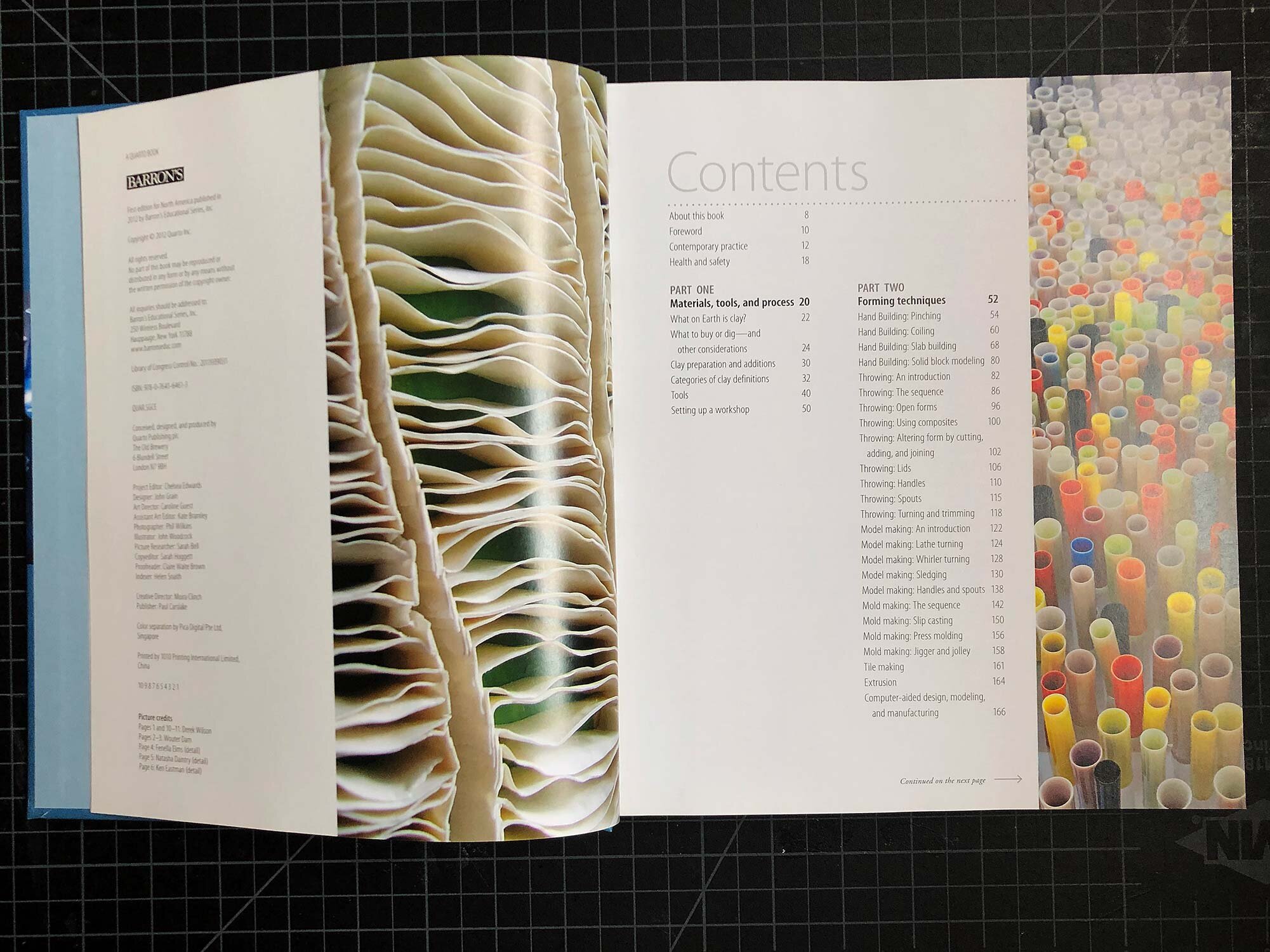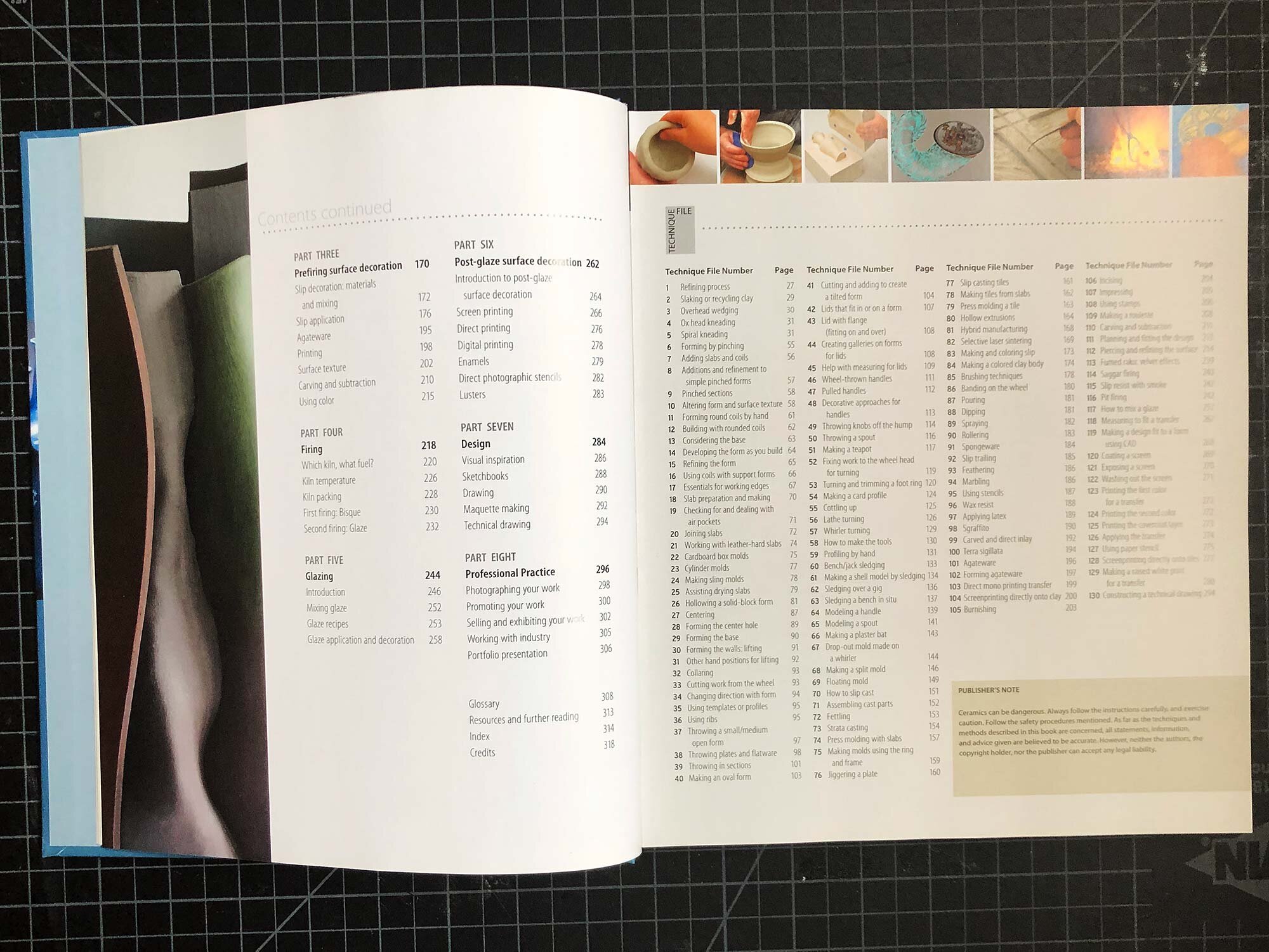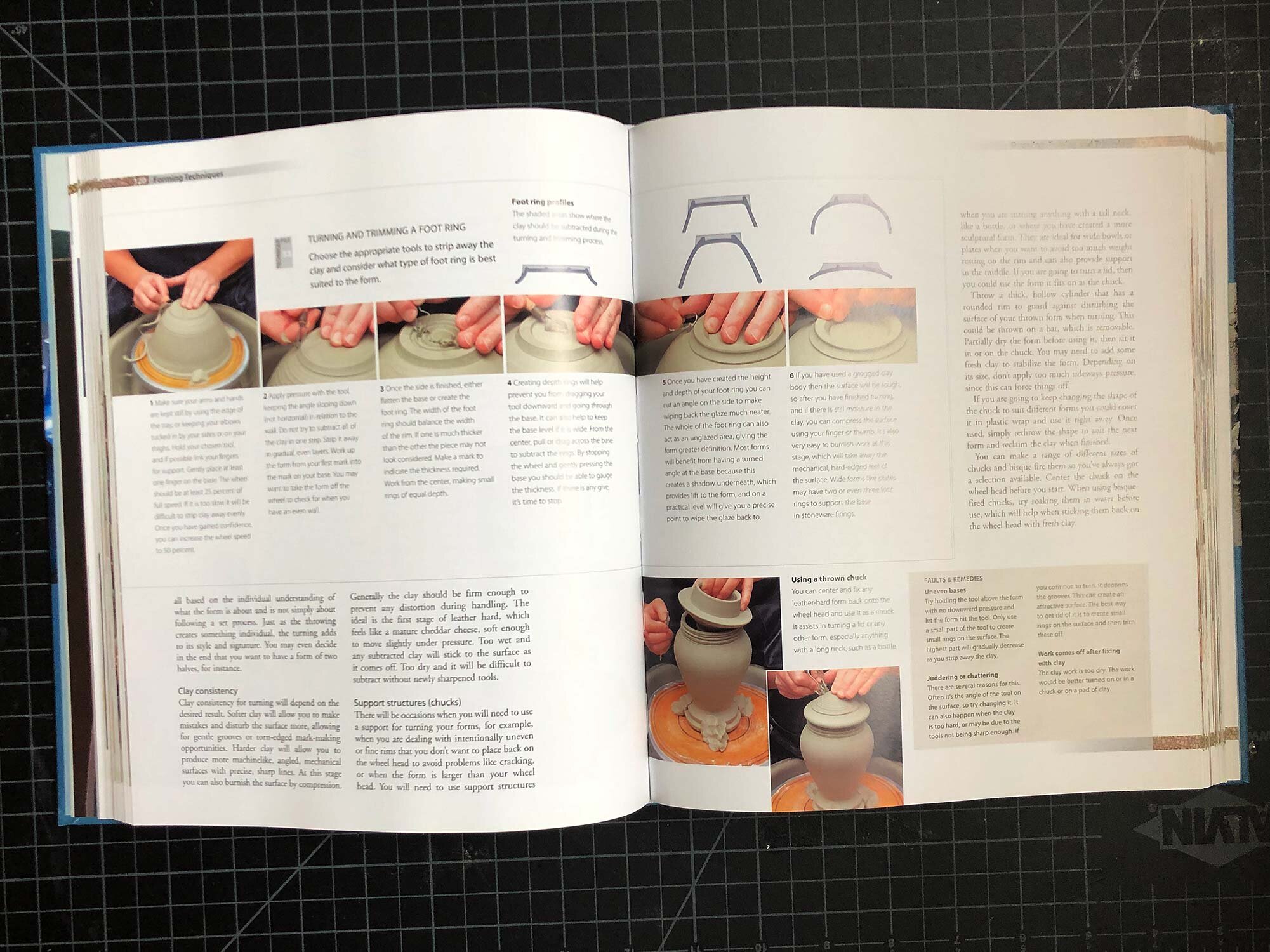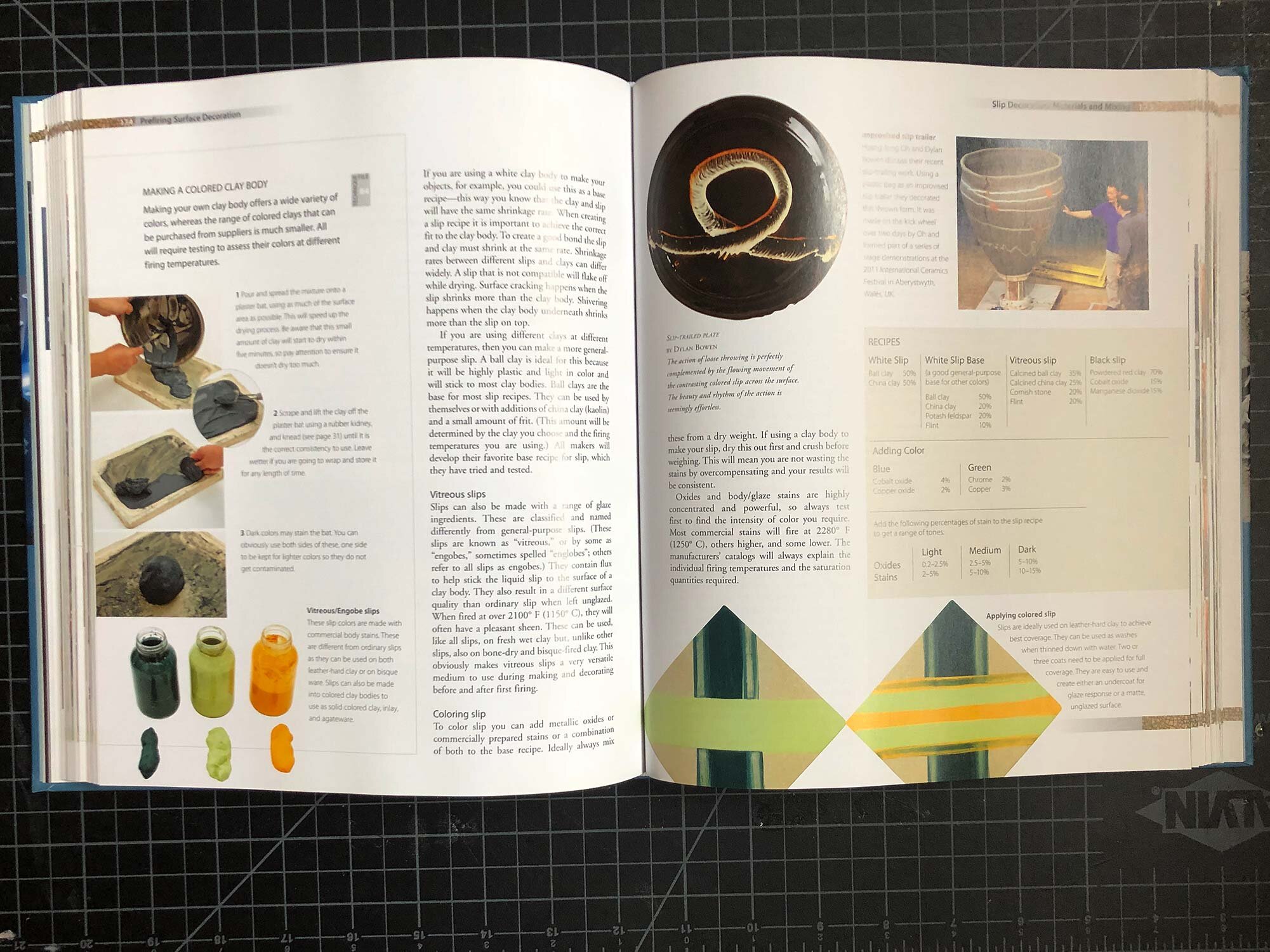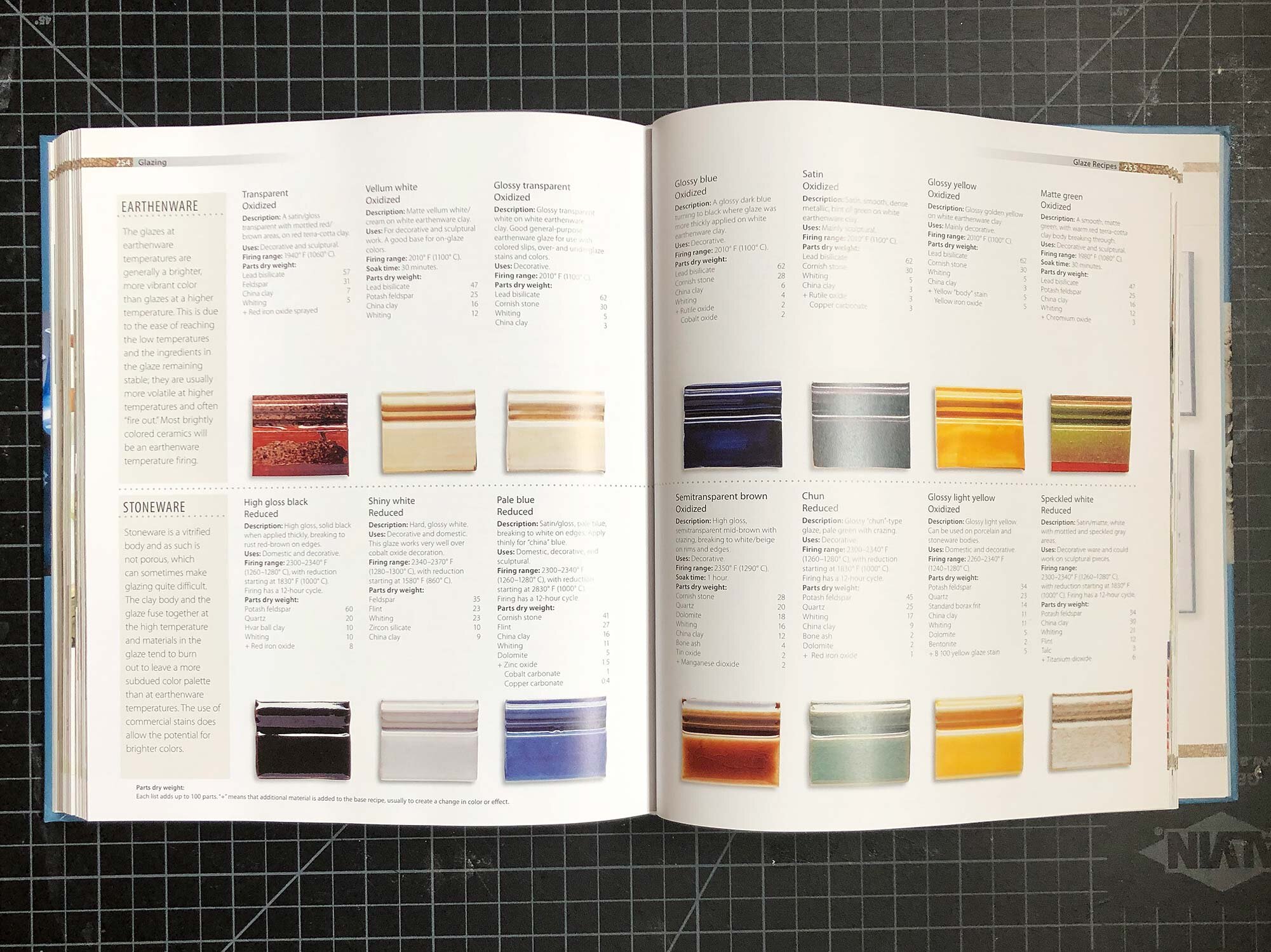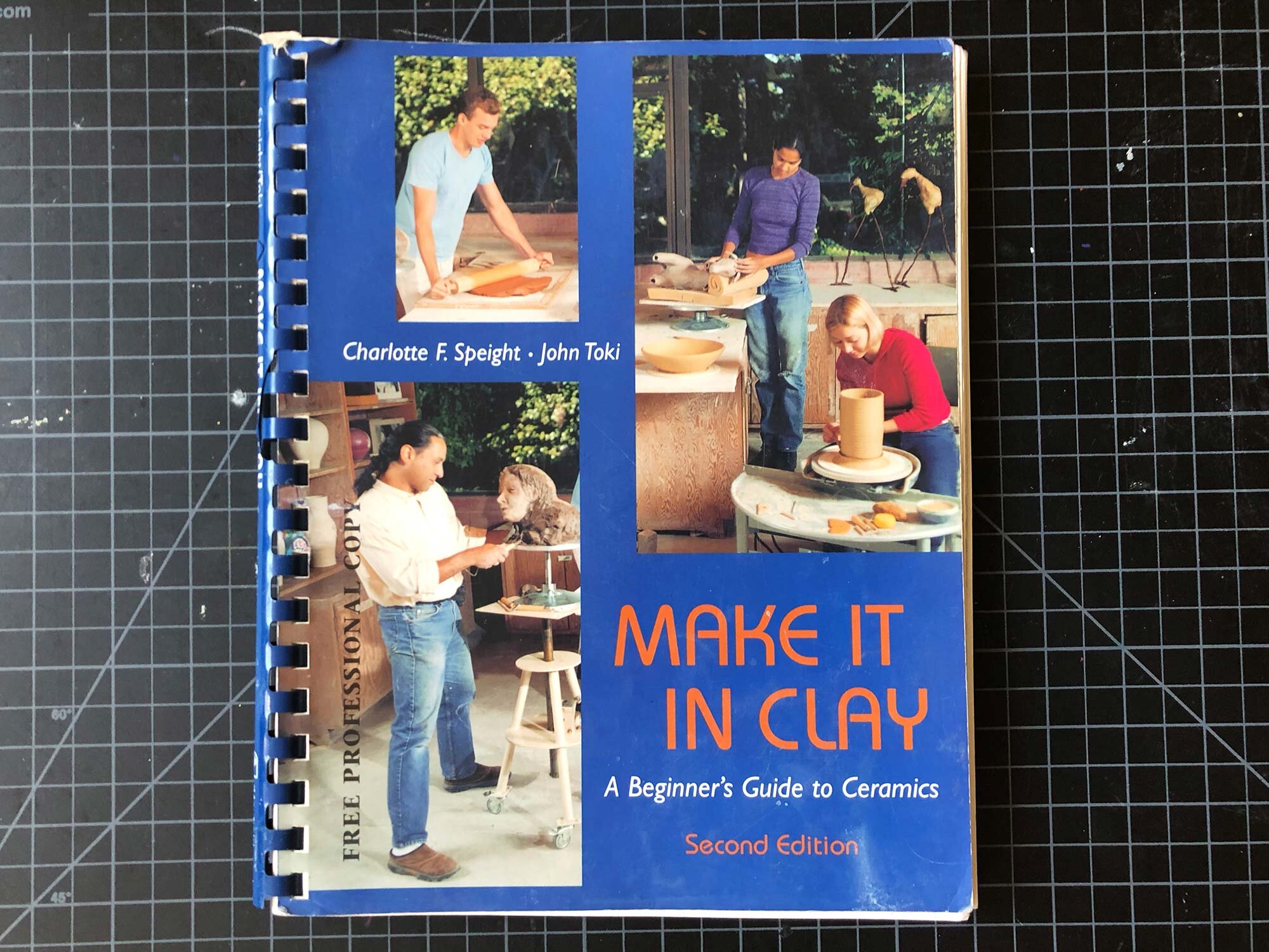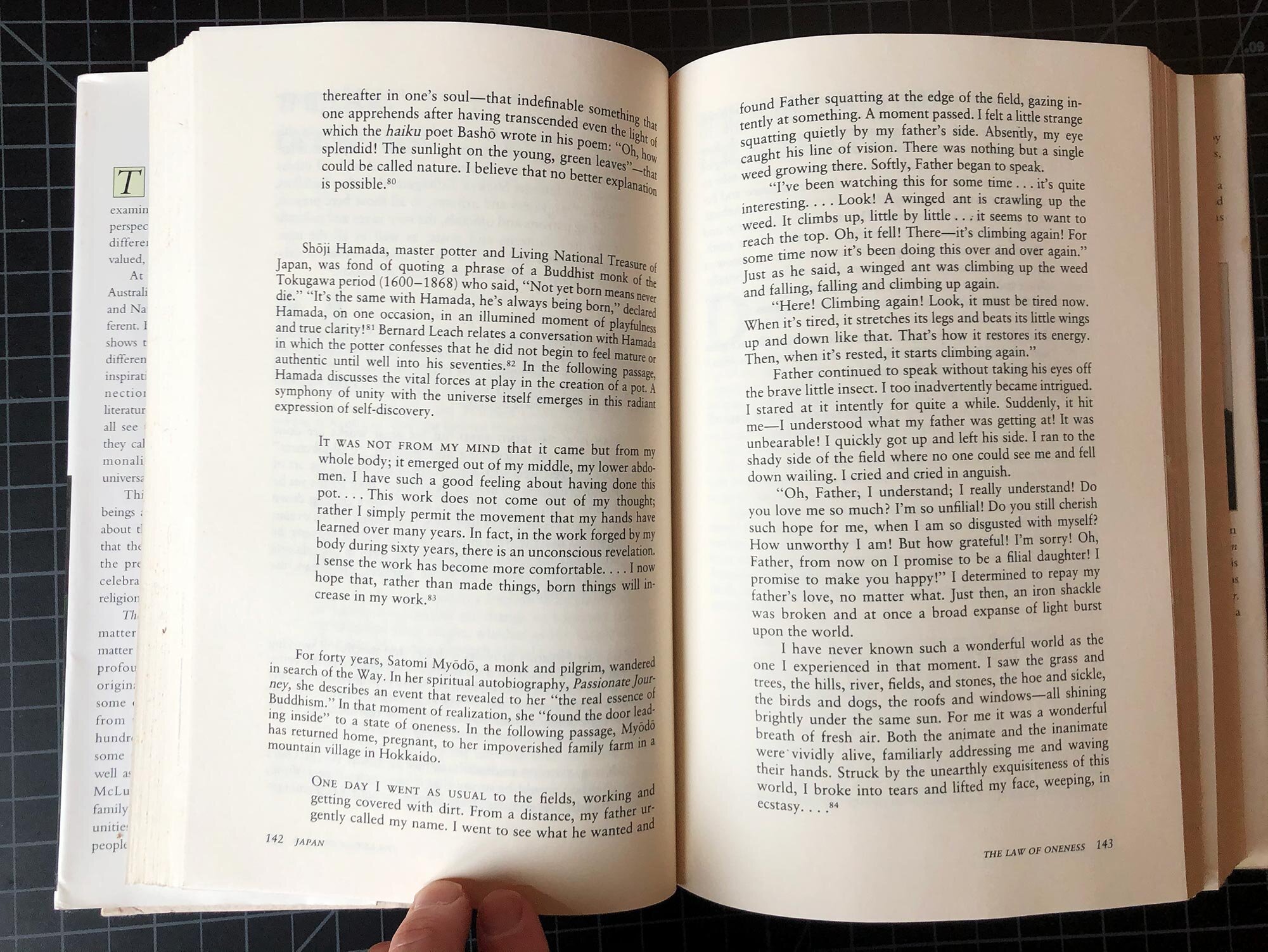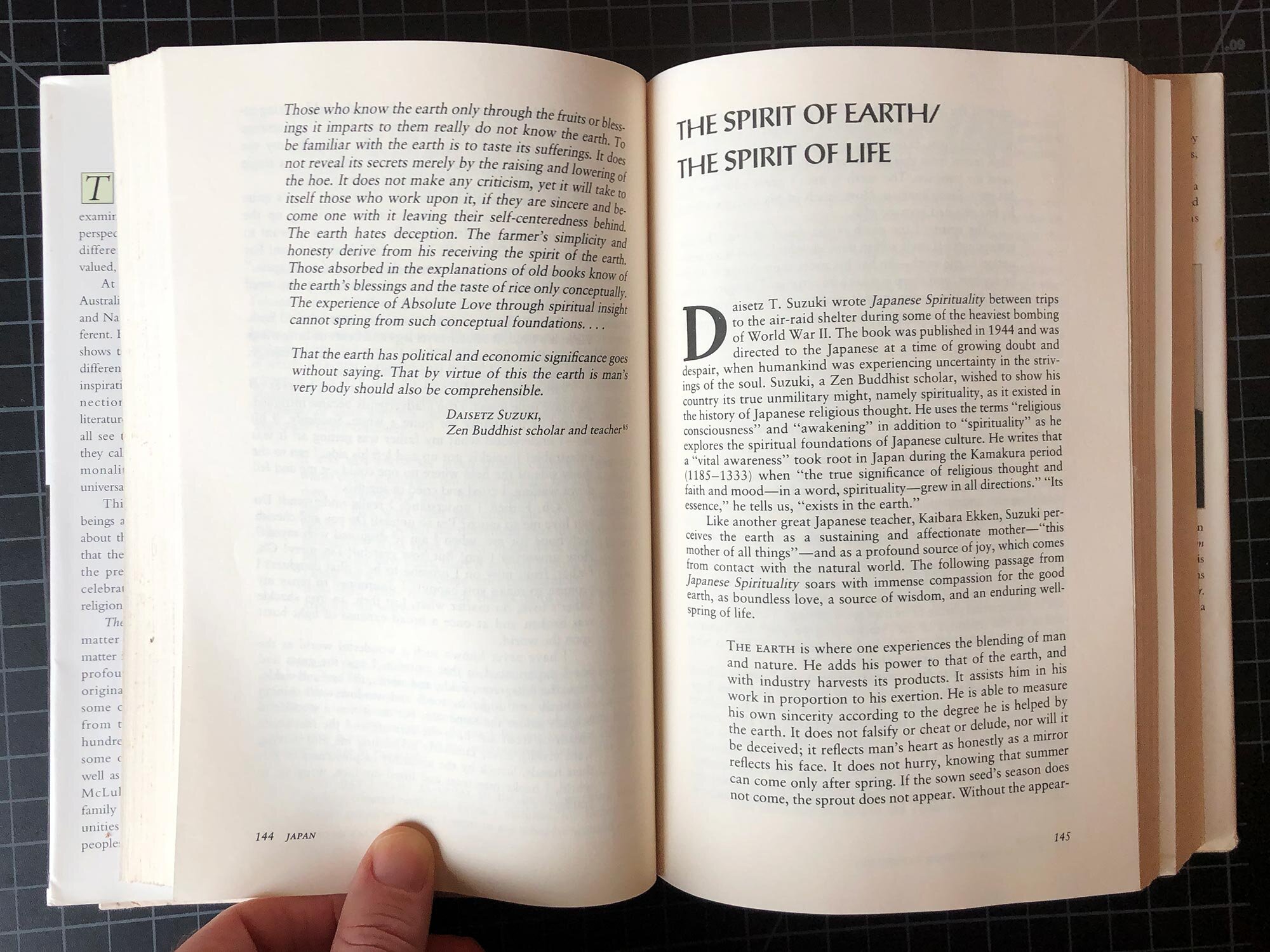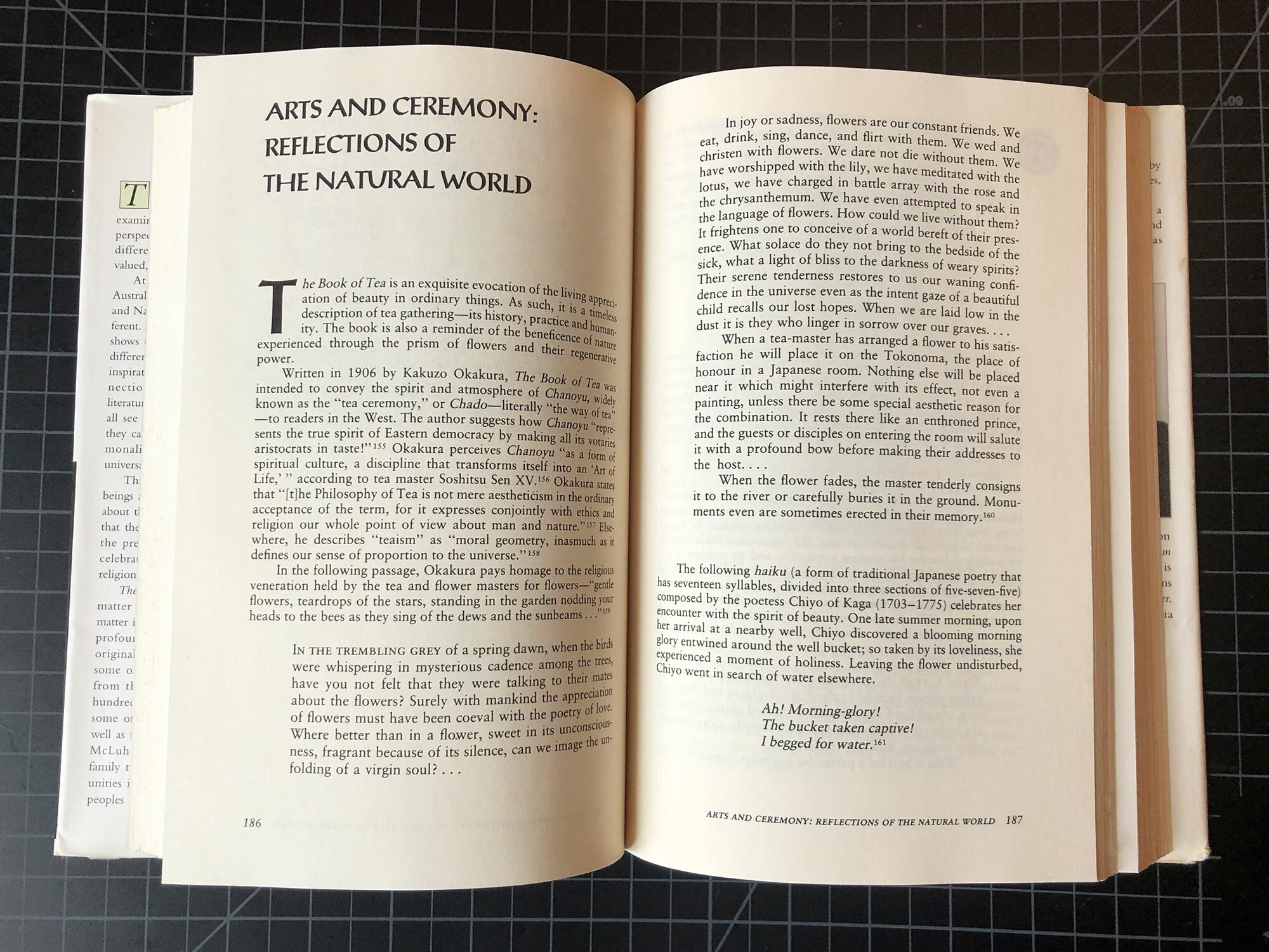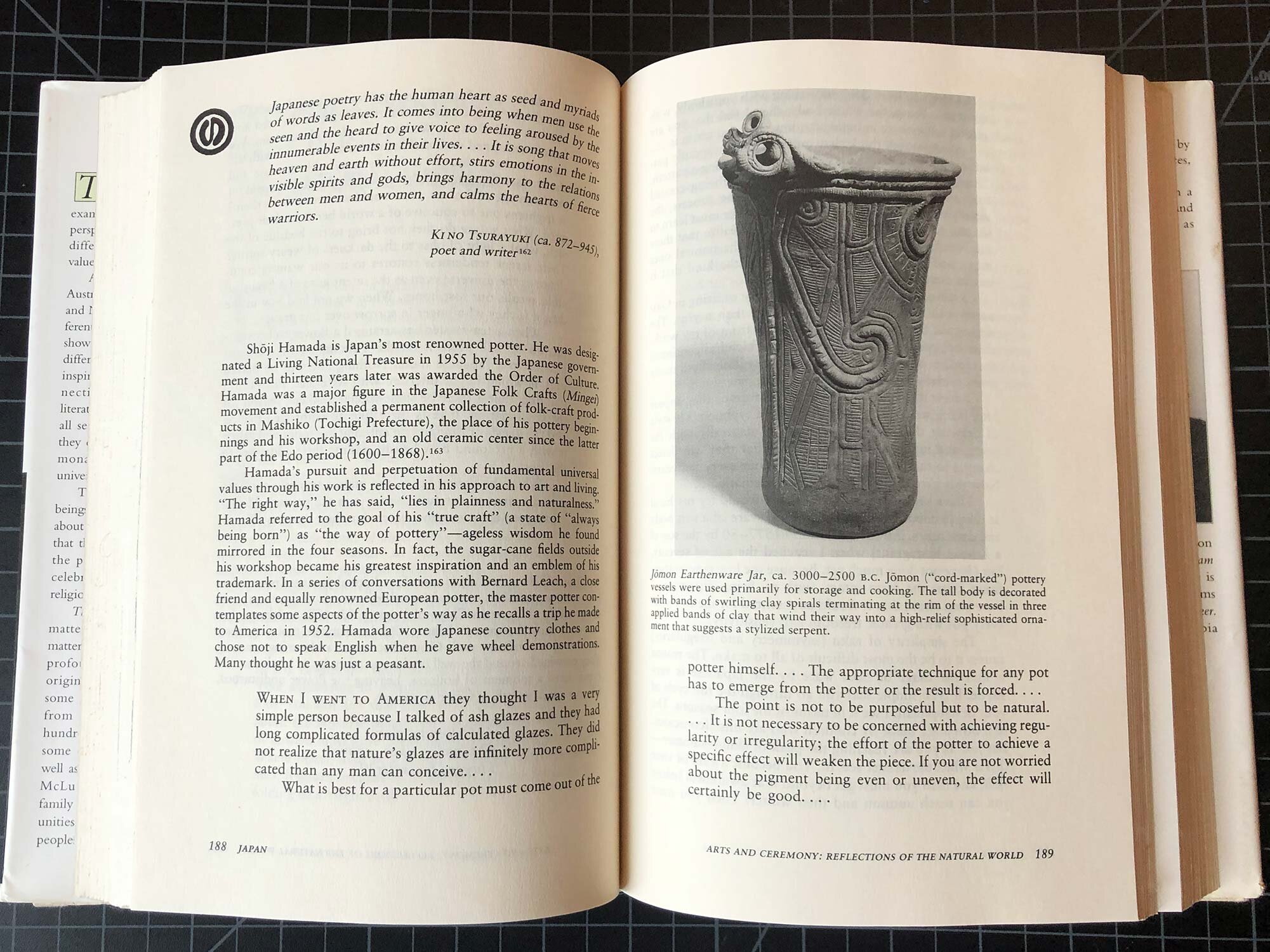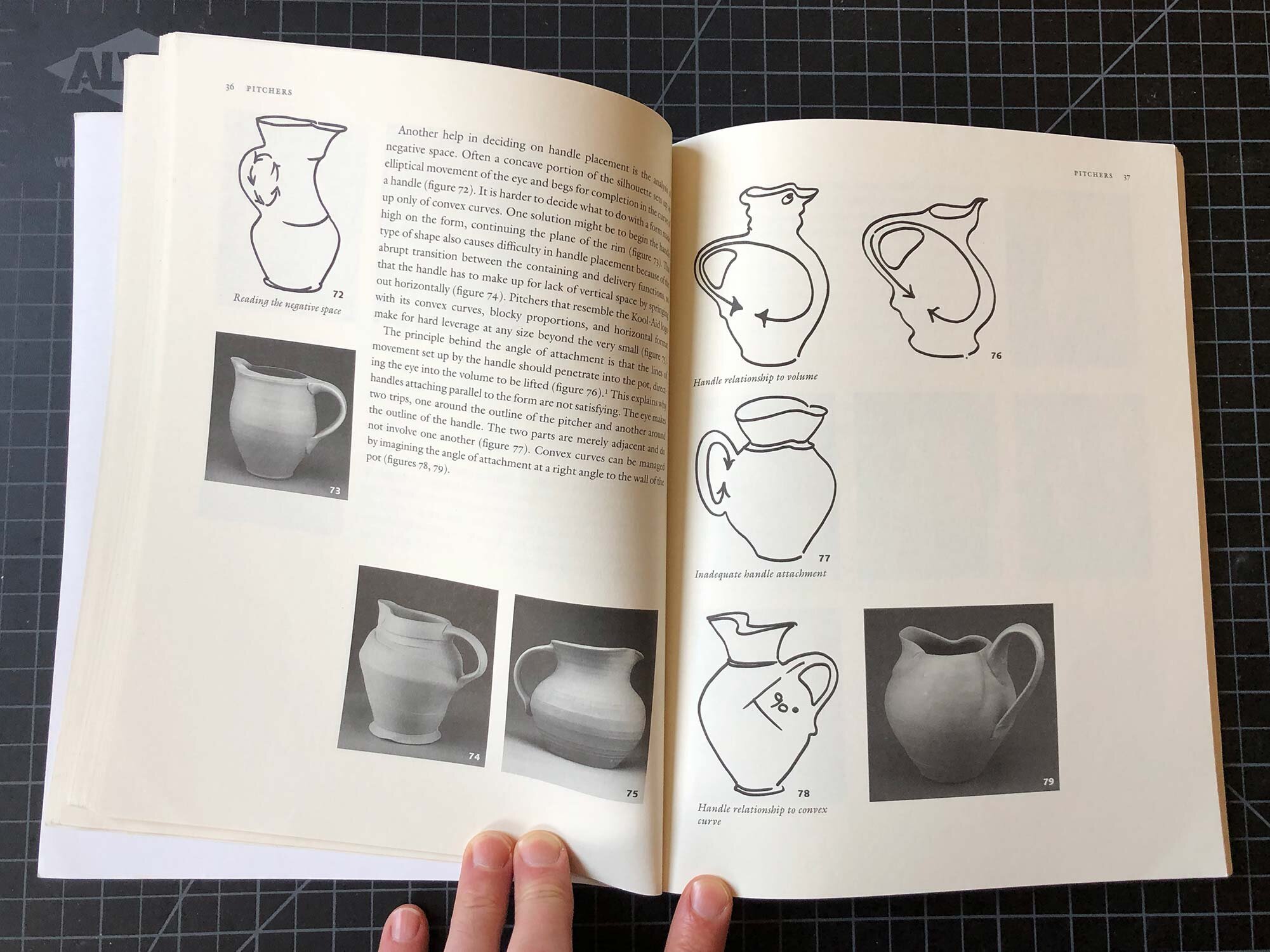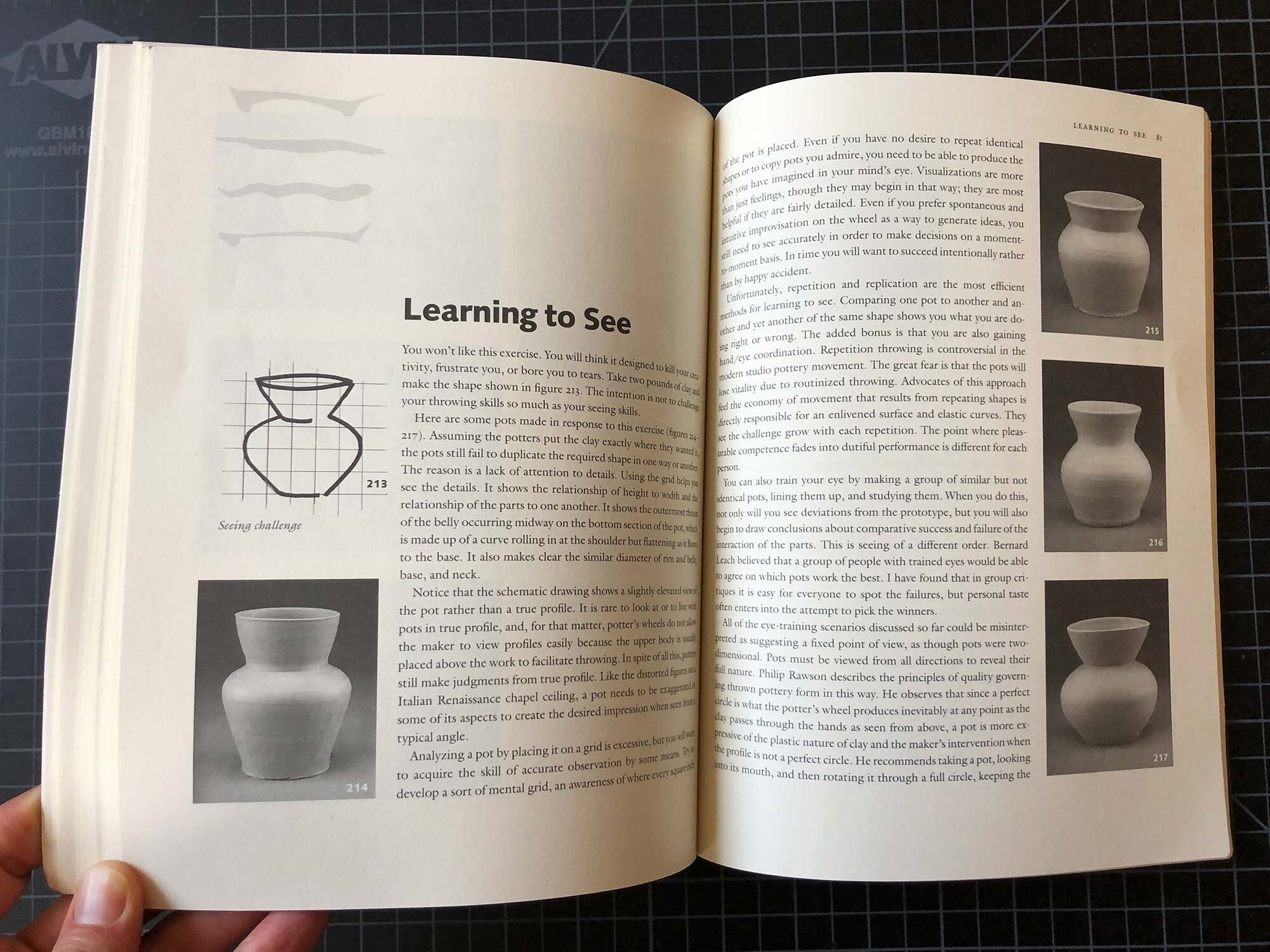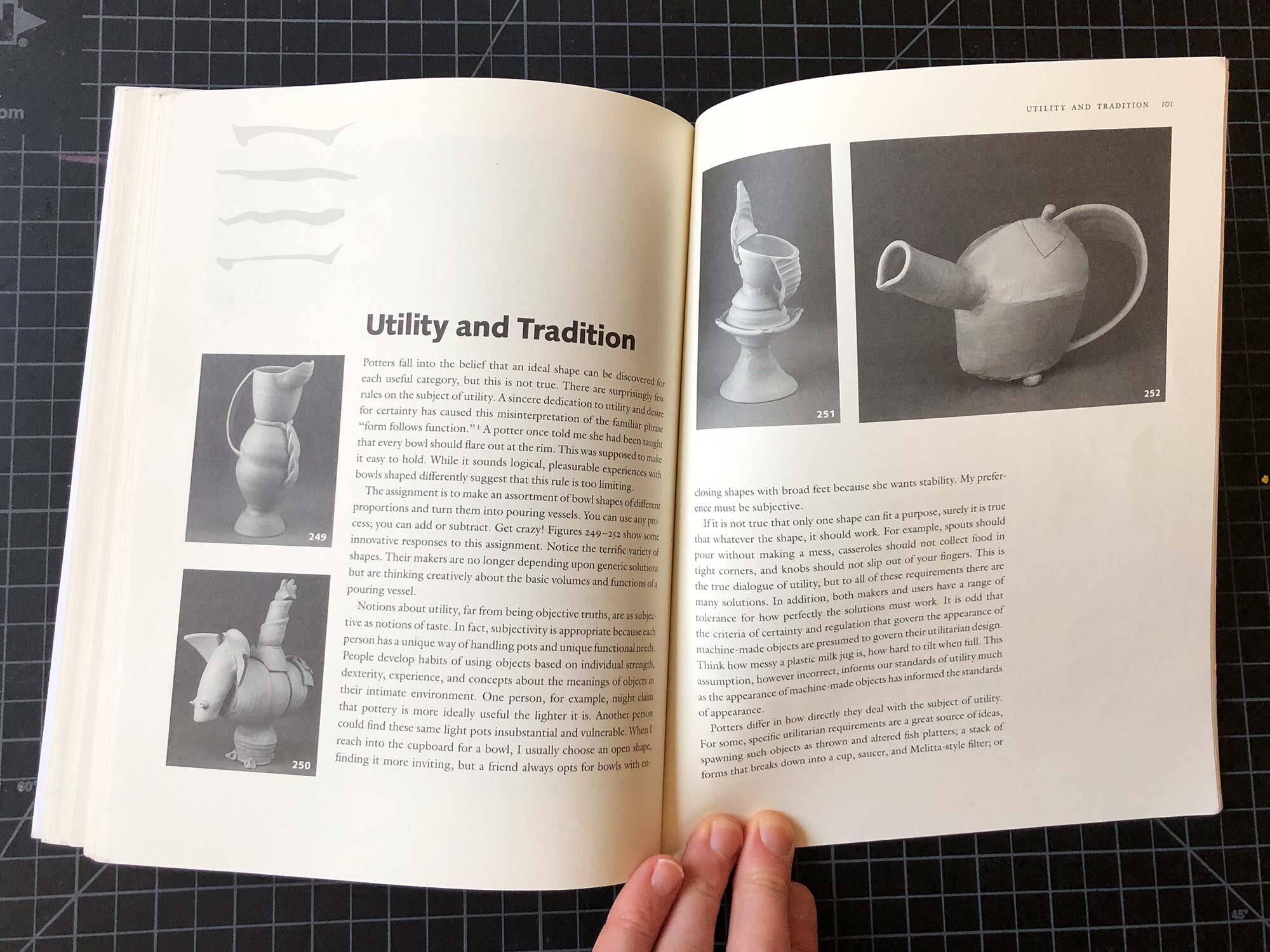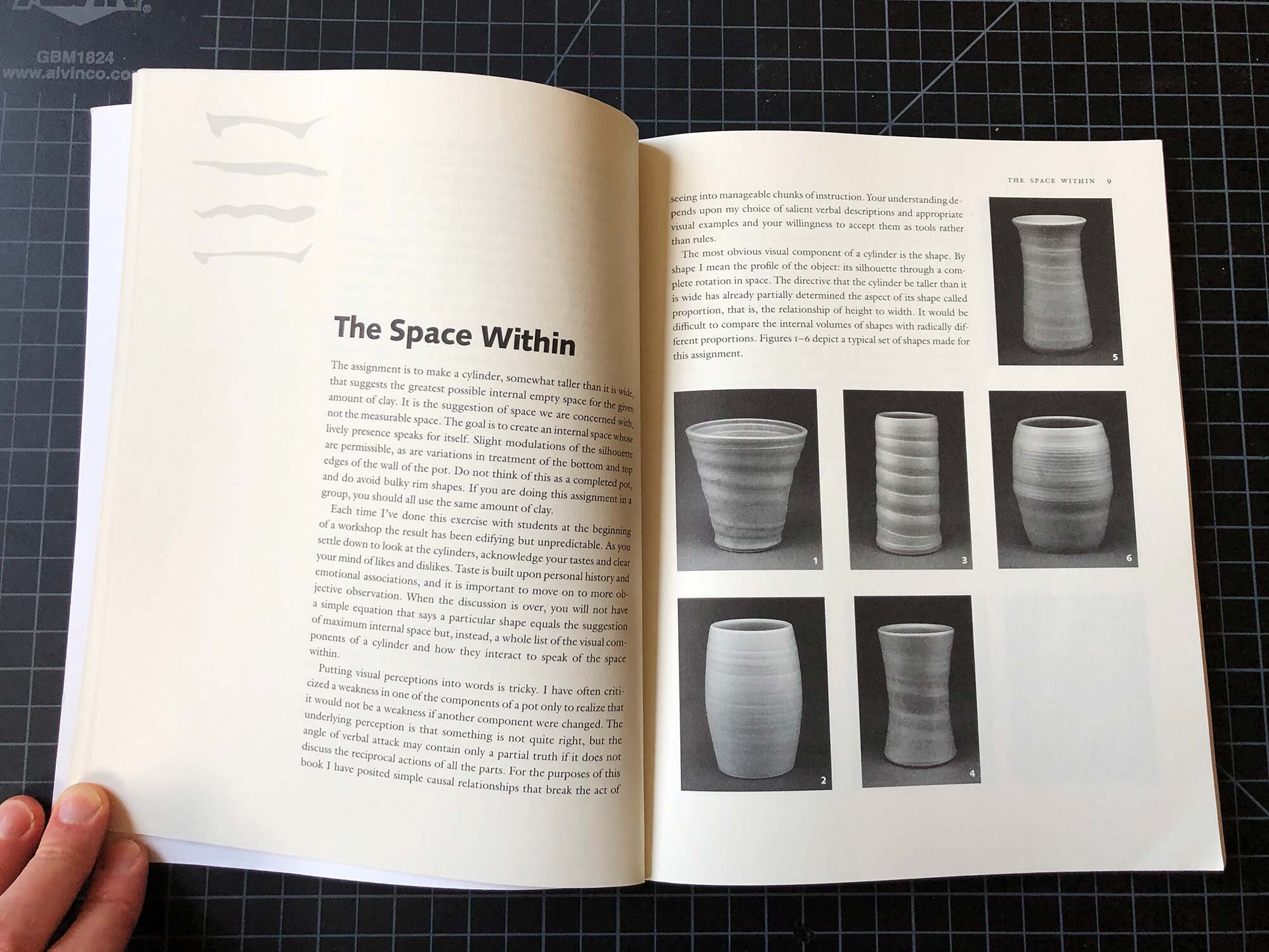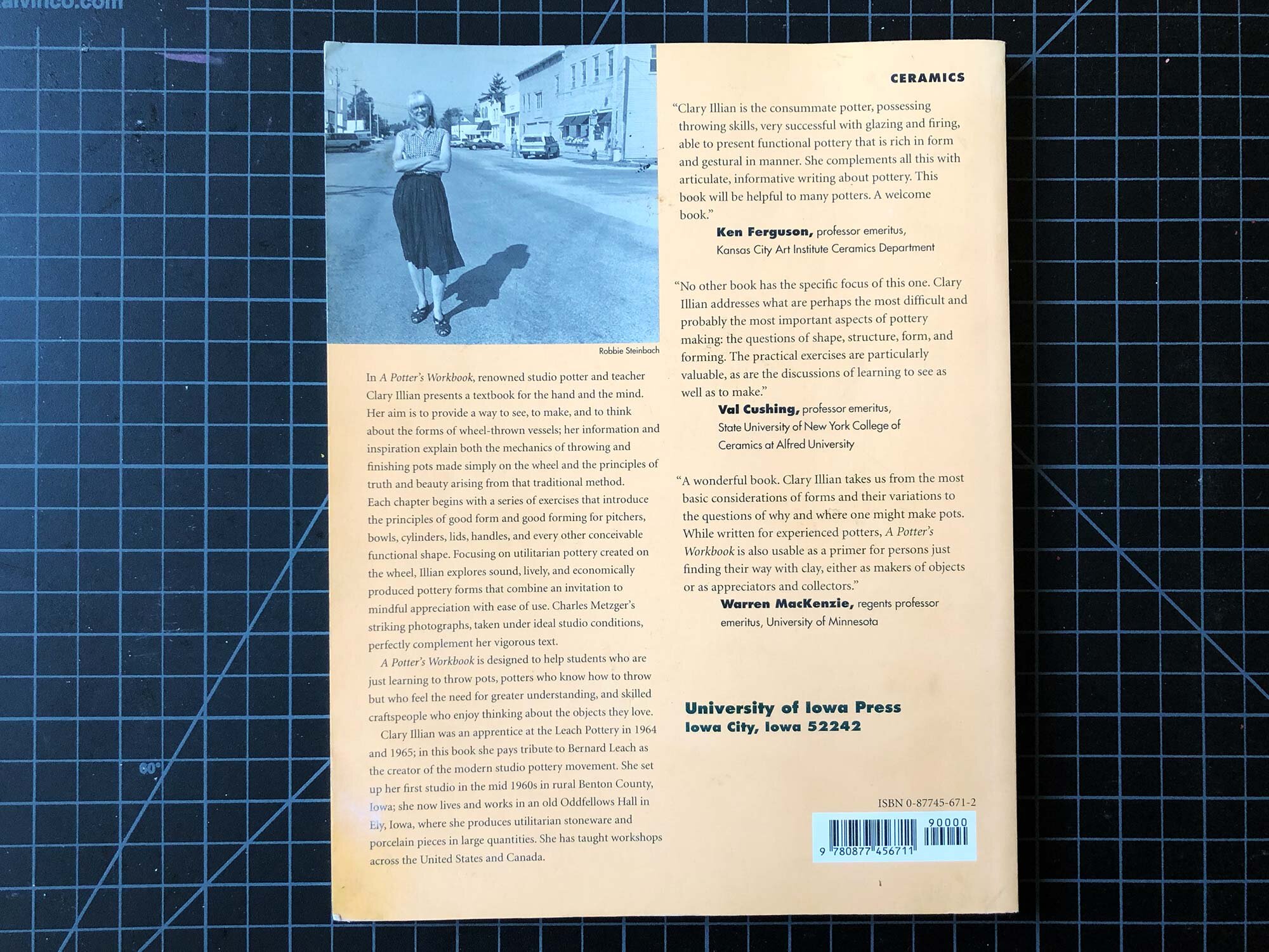In Live Form, Sorkin devotes a chapter-length essay to Richards, along with chapters on Susan Peterson, Marguerite Wildenhain, and the Black Mountain Pottery Seminar. Live Form is a highly recommended read (one of the best books on ceramics) and makes a great companion to Centering. The idea of centering, whether on the potter’s wheel or in life, is the root of Richards’s book, and allowed her to spin off in many directions.
Richards writes: “As human beings functioning as potters, we center ourselves and our clay. And we all know how necessary it is to be “on center” ourselves if we wish to bring our clay “into center” and not merely agitate it or bully it.”
She also turns to wider themes of making:
“The creative spirit creates with whatever materials are present, with an umbrella, or a wineglass, or a torch. We are not craftsmen only during studio hours. Any more than a man is wise only in his library. Or devout only in church. The material is not the sign of the creative feeling for life: of the warmth and sympathy and reverence which foster being; techniques are not the sign; “art” is not the sign. The sign is the light that dwells within the act, whatever its nature or its medium.”
Centering is great read and highly recommended for anyone interested in clay, pottery, or the creative process. The book is also densely packed with great quotes. Here are just a few:
M. C. Richards Quotes
“Poetry often enters through the window of irrelevance.”
“In order to teach, you must be able to listen.”
“You don’t need me to tell you what education is. Everybody really knows that education goes on all the time everywhere all through our lives, and that it is the process of waking up to life.”
“It is not the pots we are forming, but ourselves.”
“I believe that pots have the smell of the person who makes them: a smell of tenderness, of vanity or ambition, of ease and naturalness, of petulance, uncertainty callousness, fussiness, playfulness, solemnity, exuberance, absent-mindedness. The pot gives off something. It gives off its innerness, that which it holds but which cannot be seen.”
On copying:
“Some craftsmen seem to be troubled by the question of originality and imitation. My only standard here is that a person be led into a deeper experience of himself and his craft. Human beings learn by imitation; certainly, in the years of childhood, almost exclusively by imitation. One is inspired by someone else’s example”
“It is the physicality of the crafts that pleases me: I learn through my hands and my eyes and my skin what I could never learn through my brain. . . And if it is life I am fostering, I must maintain a kind of dialogue with the clay, listening, serving, interpreting as well as mastering.
Add the books to your library:
Centering in Pottery, Poetry, and the Person by M.C. Richards
Buy at amazon.com
Buy at abebooks.com
Live Form: Women, Ceramics, and Community by Jenni Sorkin
Buy at bookshop.org
Buy at amazon.com
For more posts on books, podcasts, and studio inspiration, click here.





